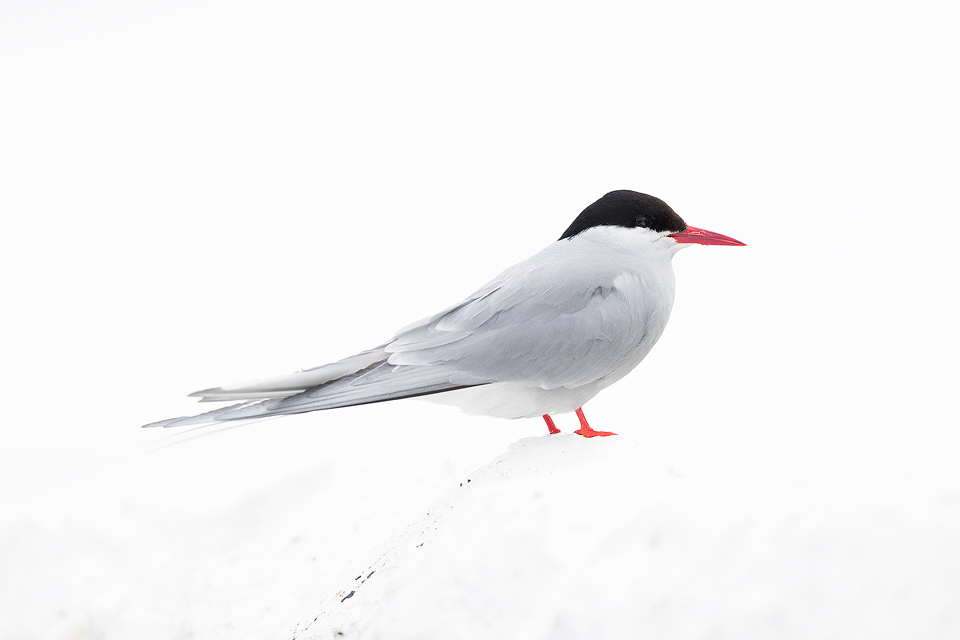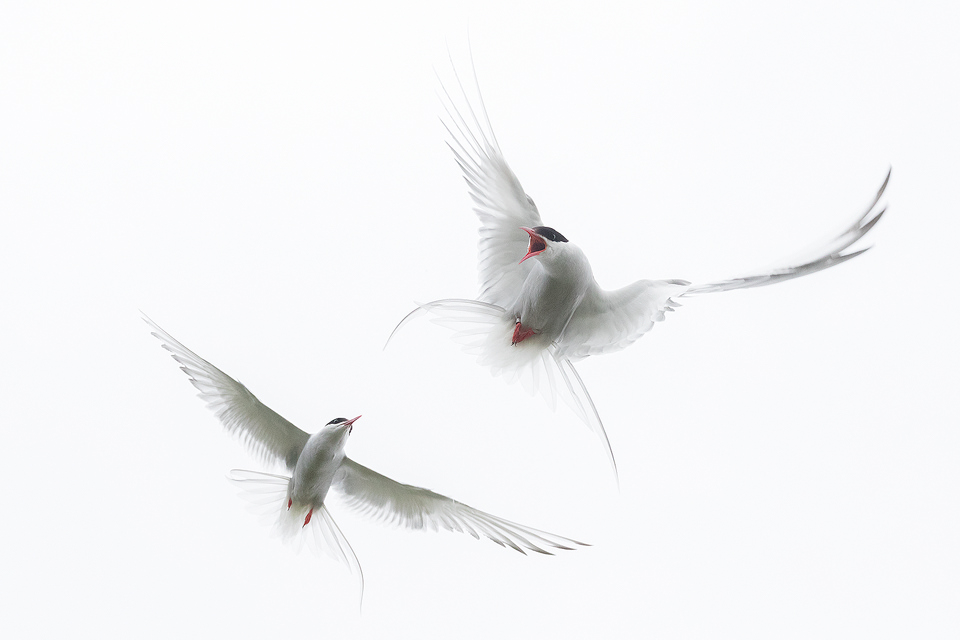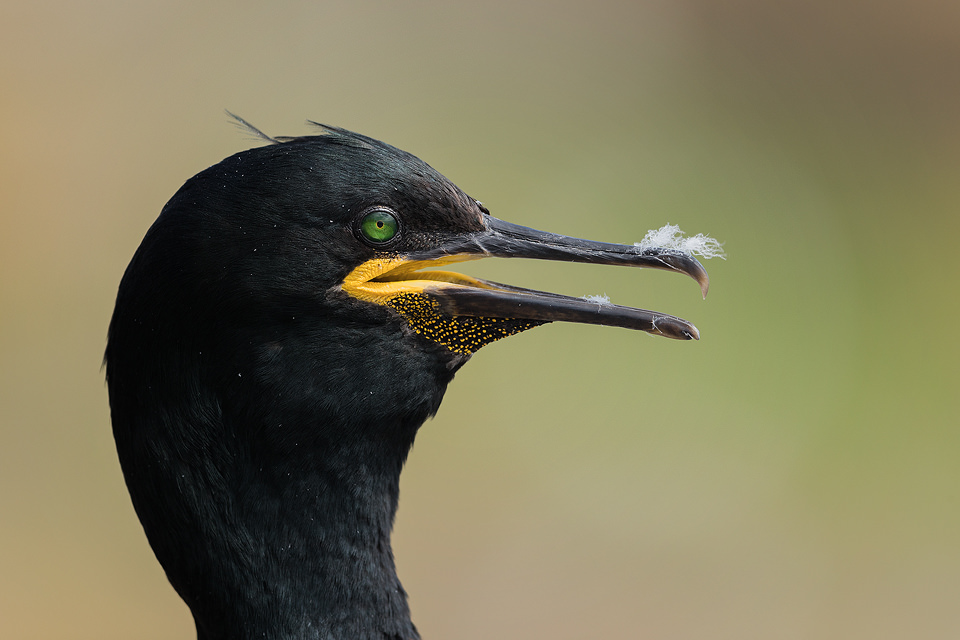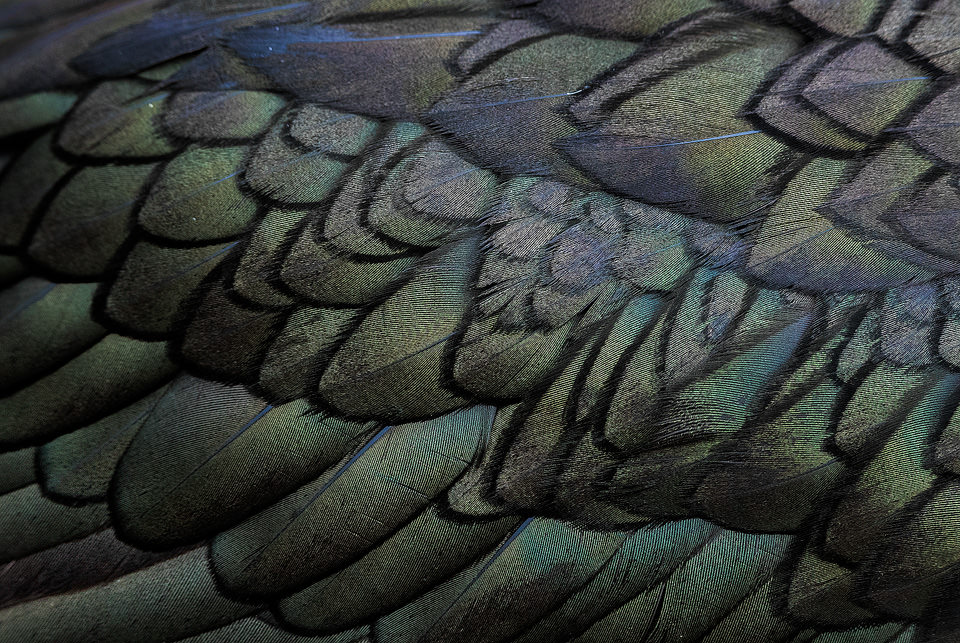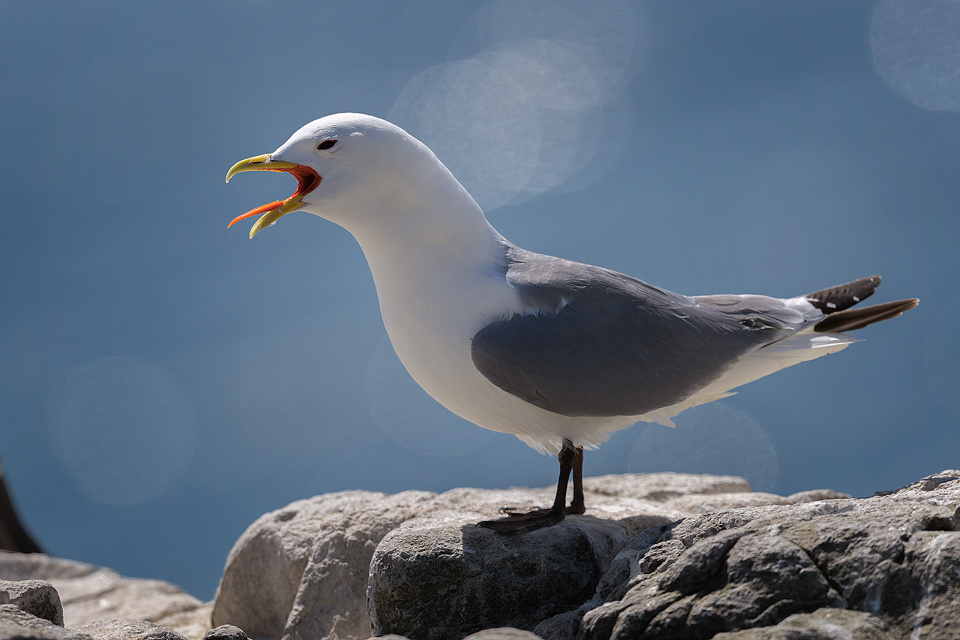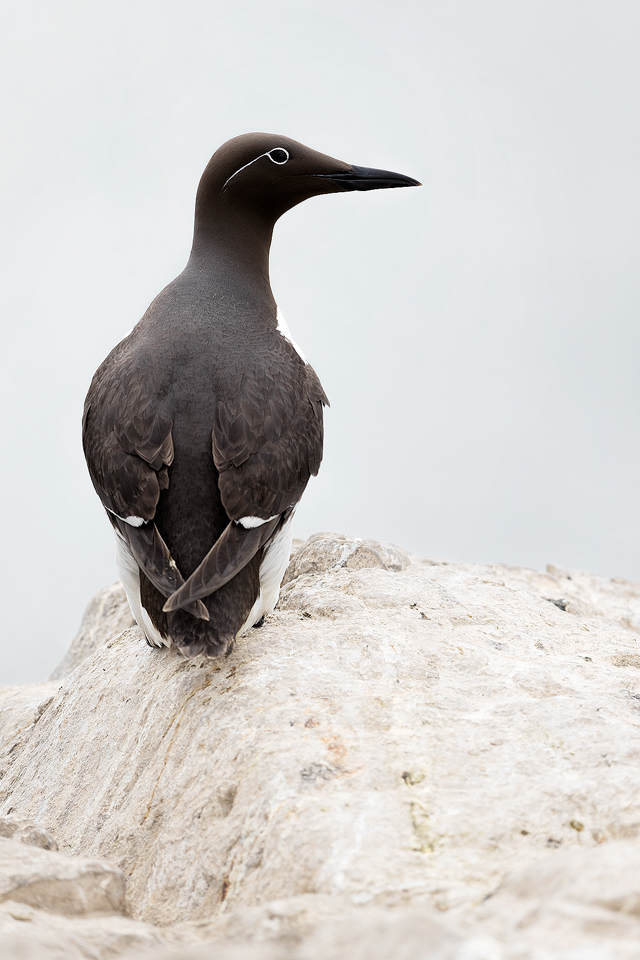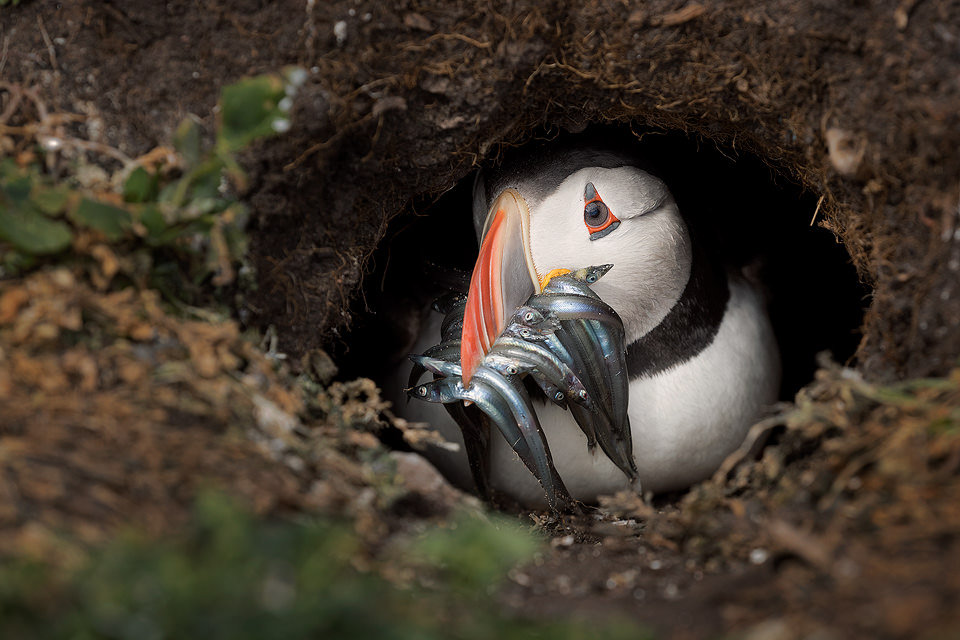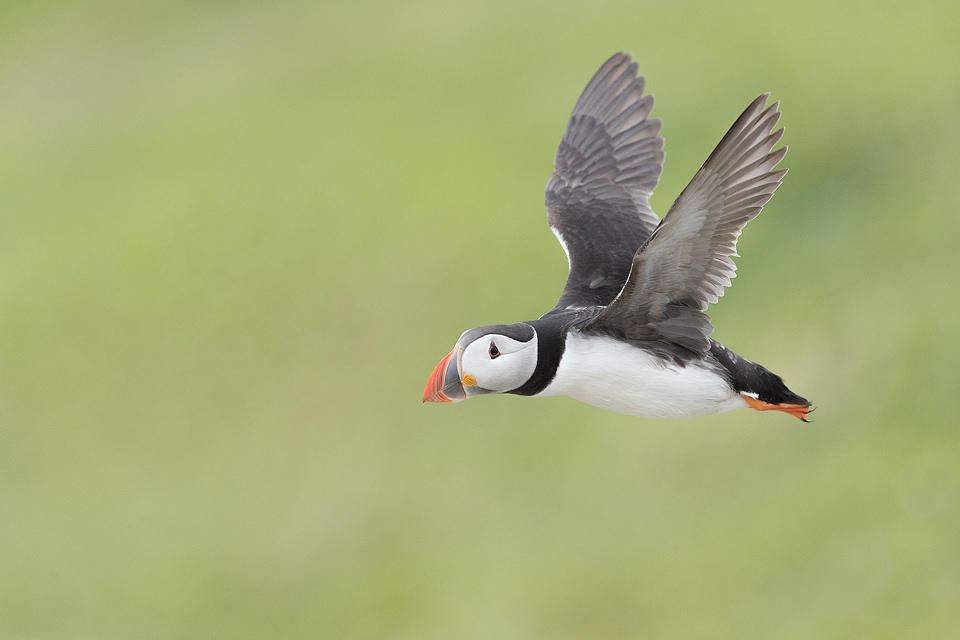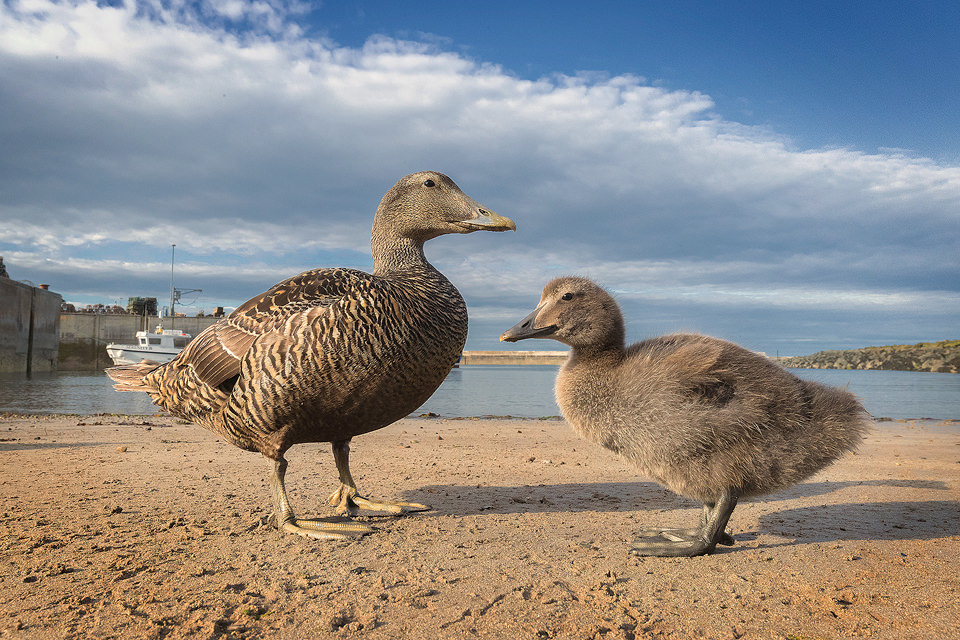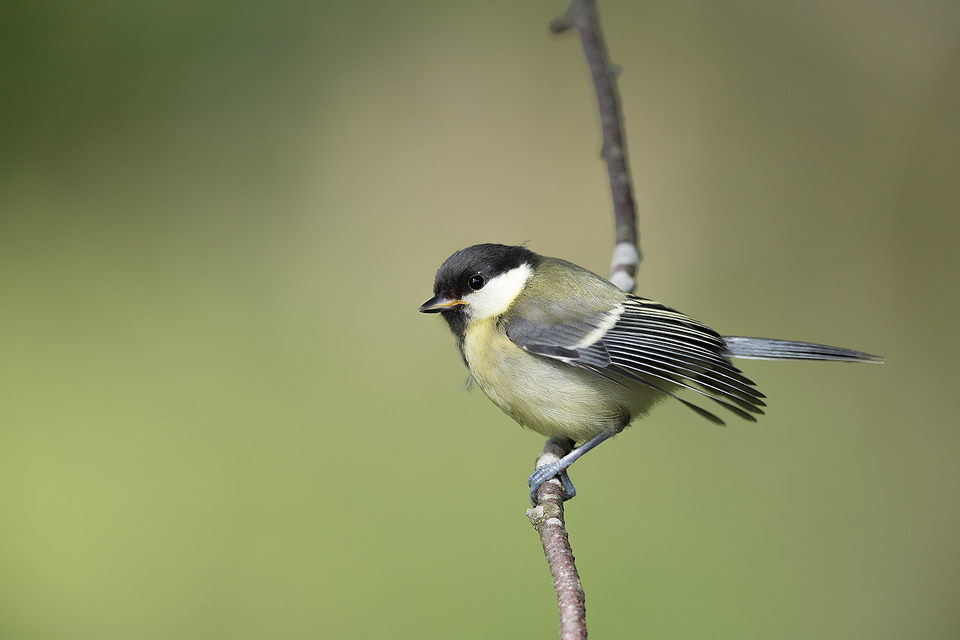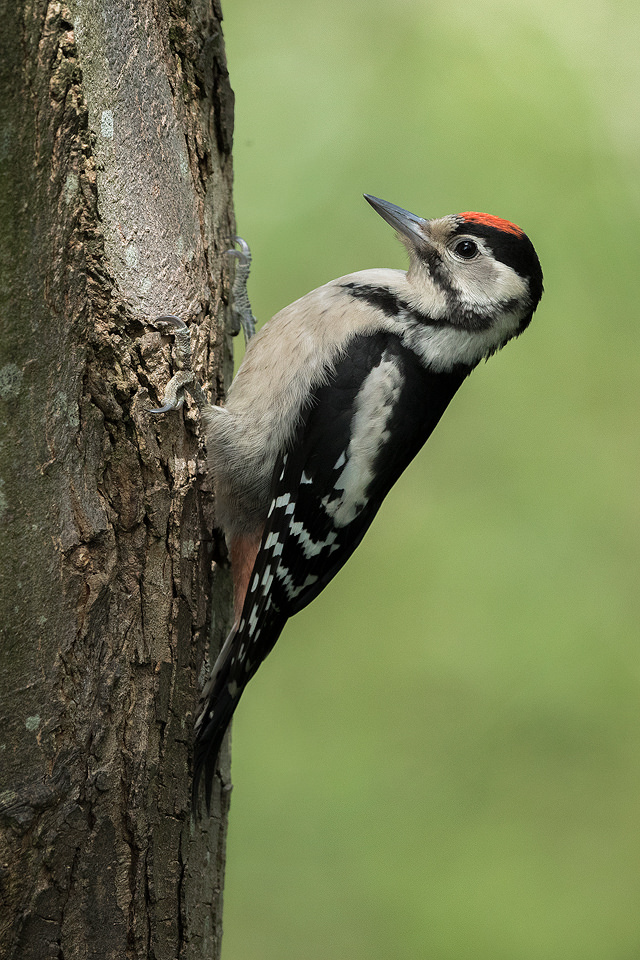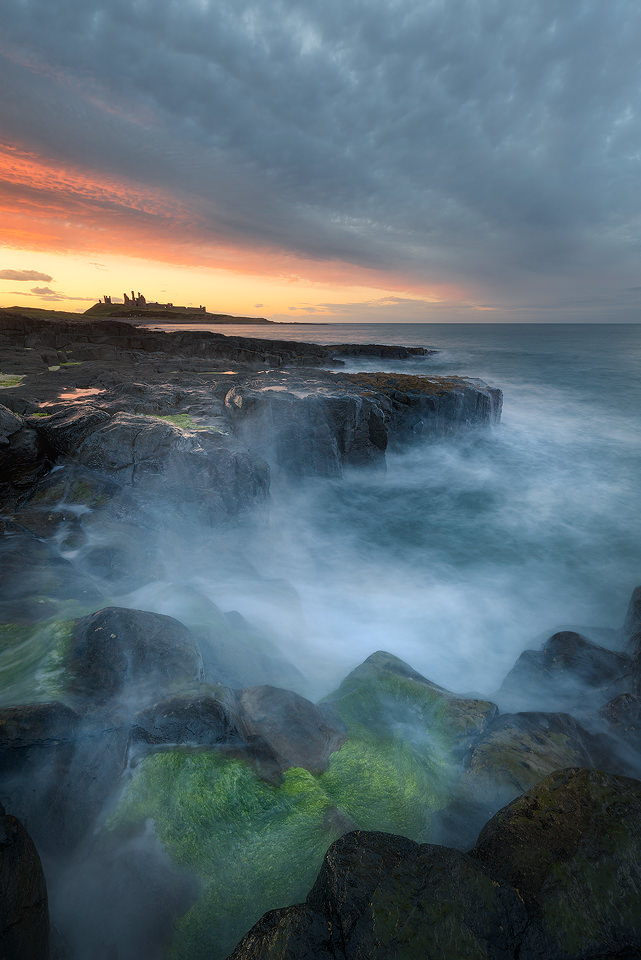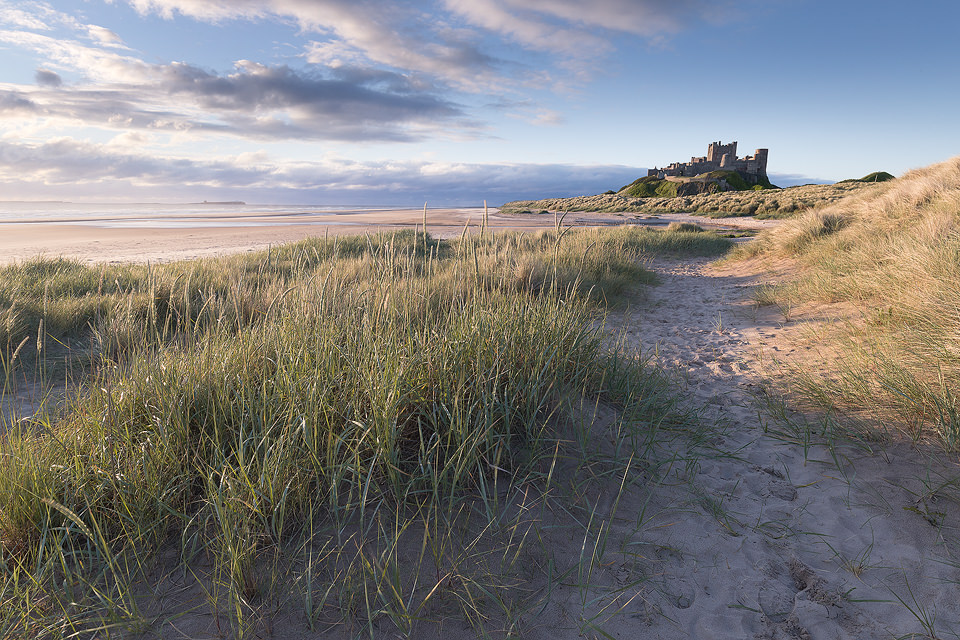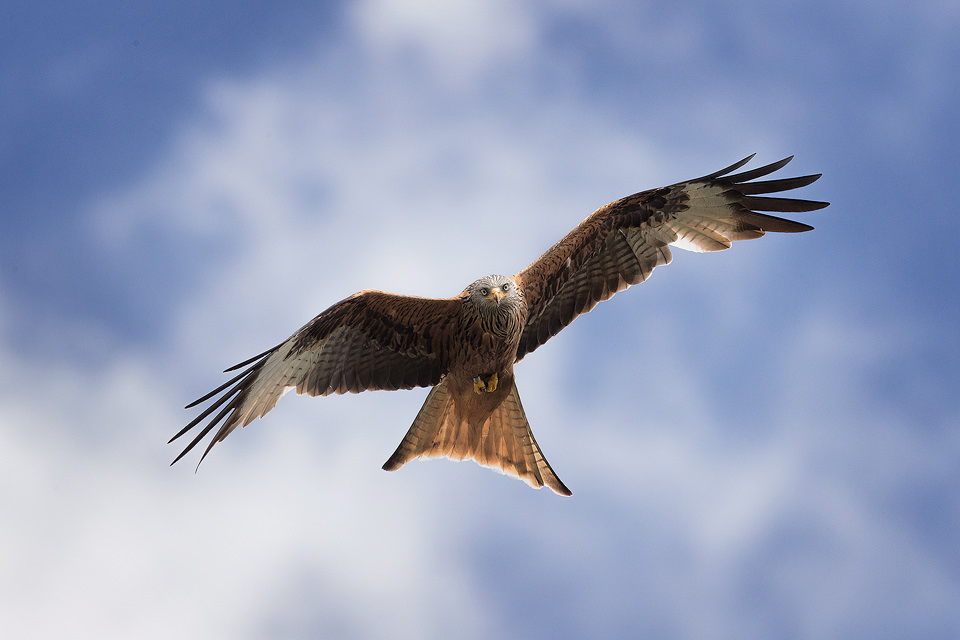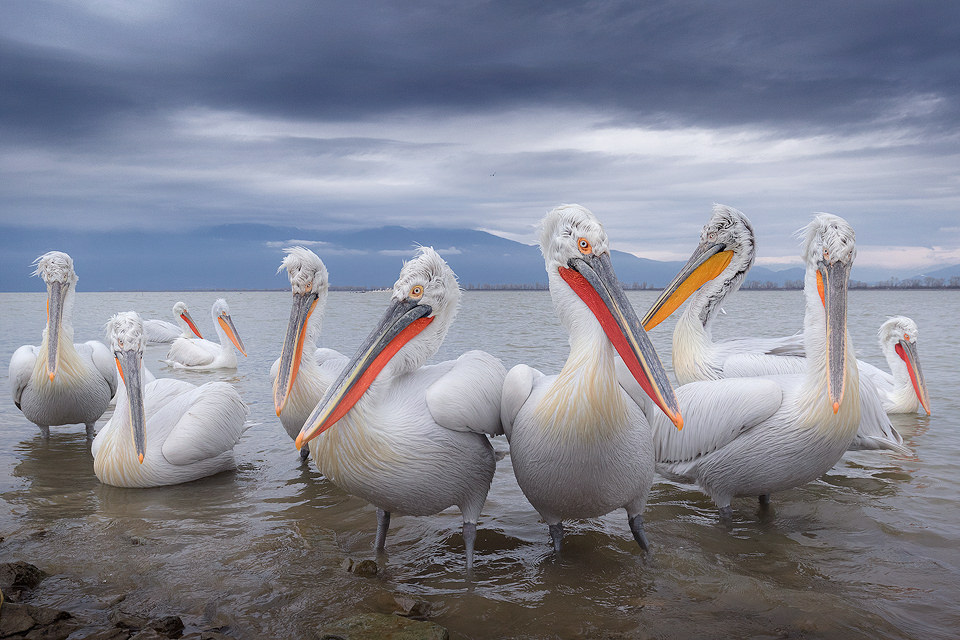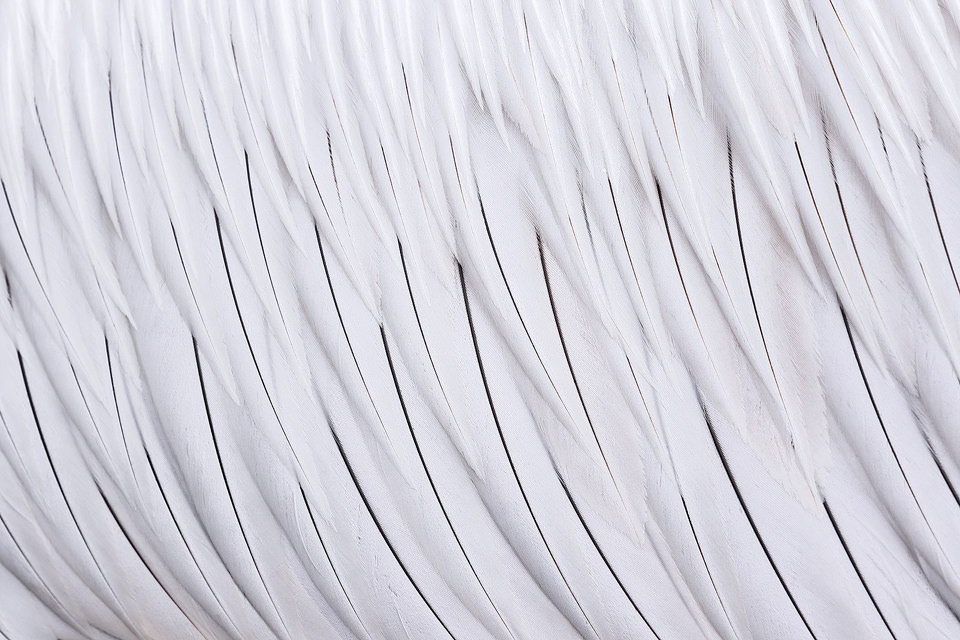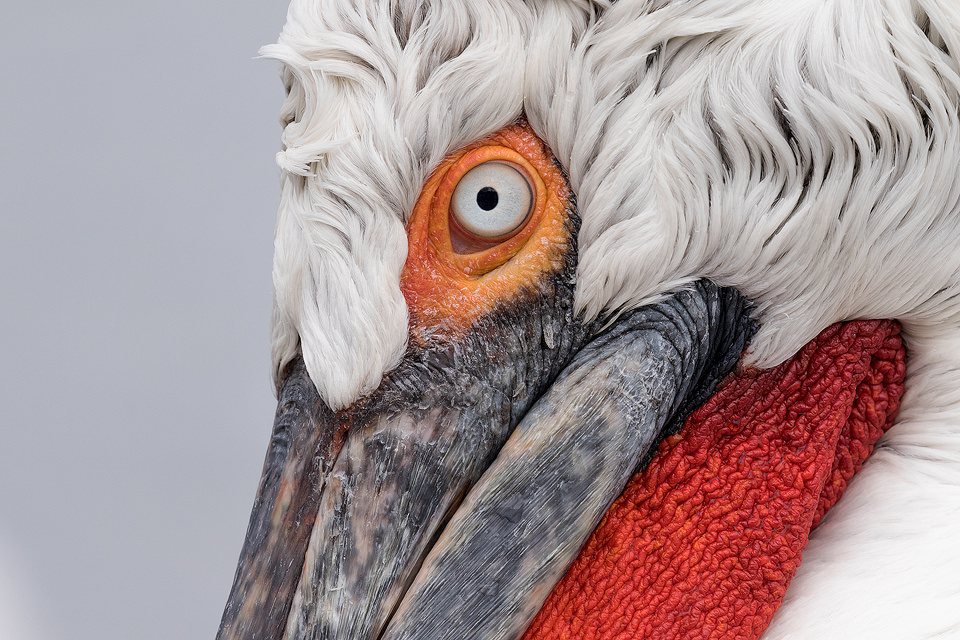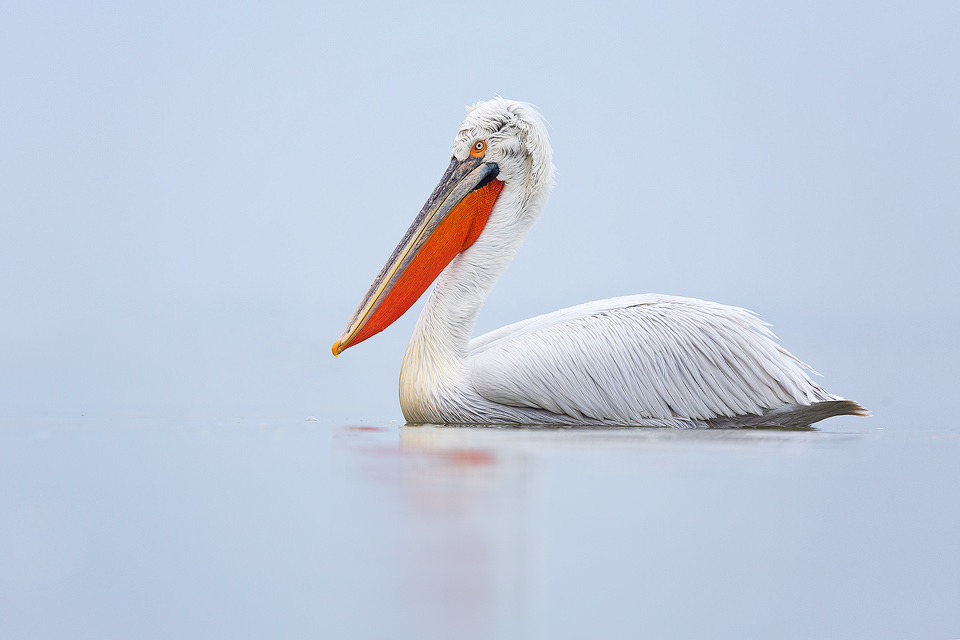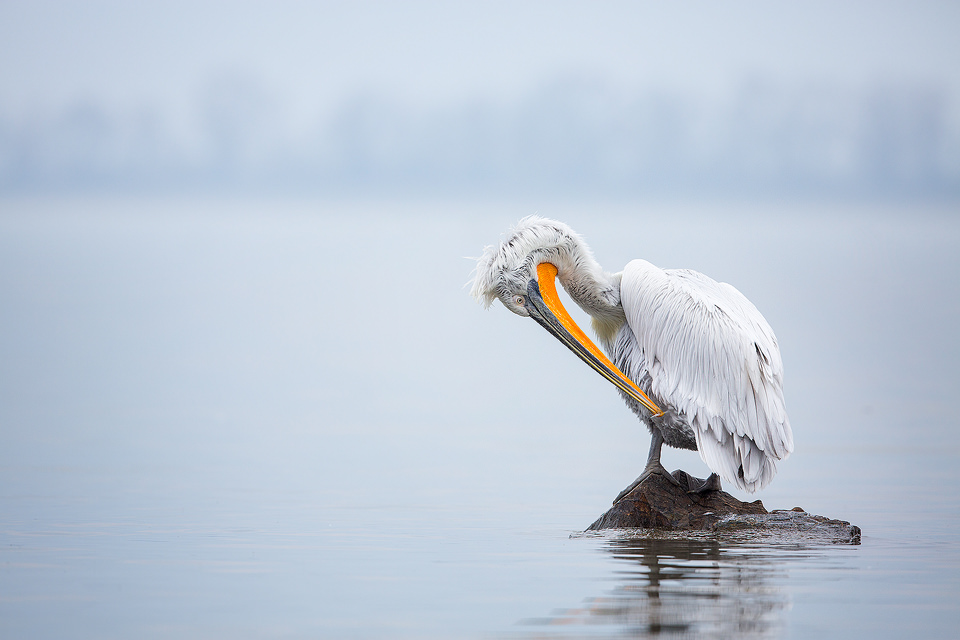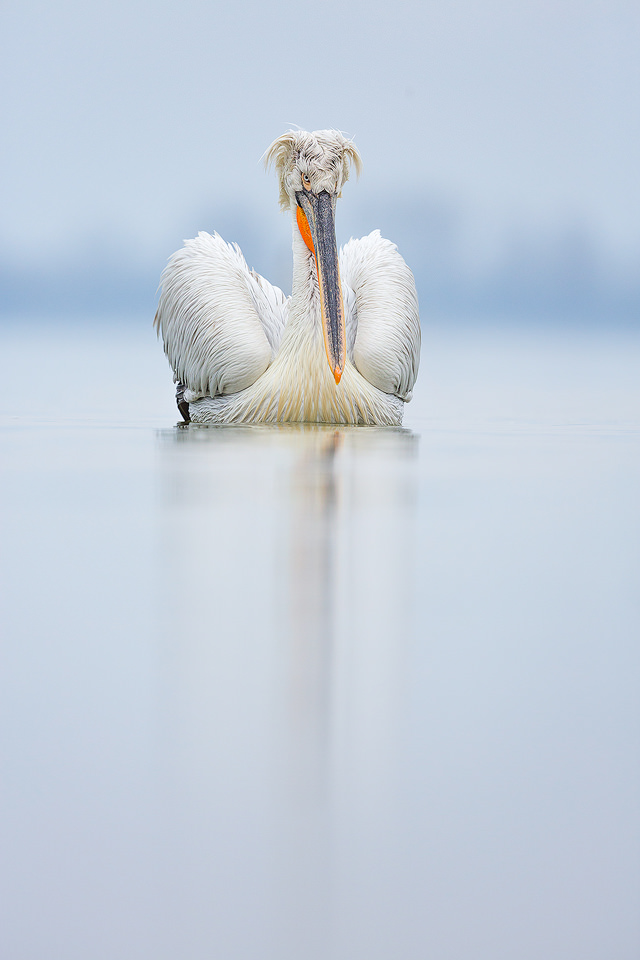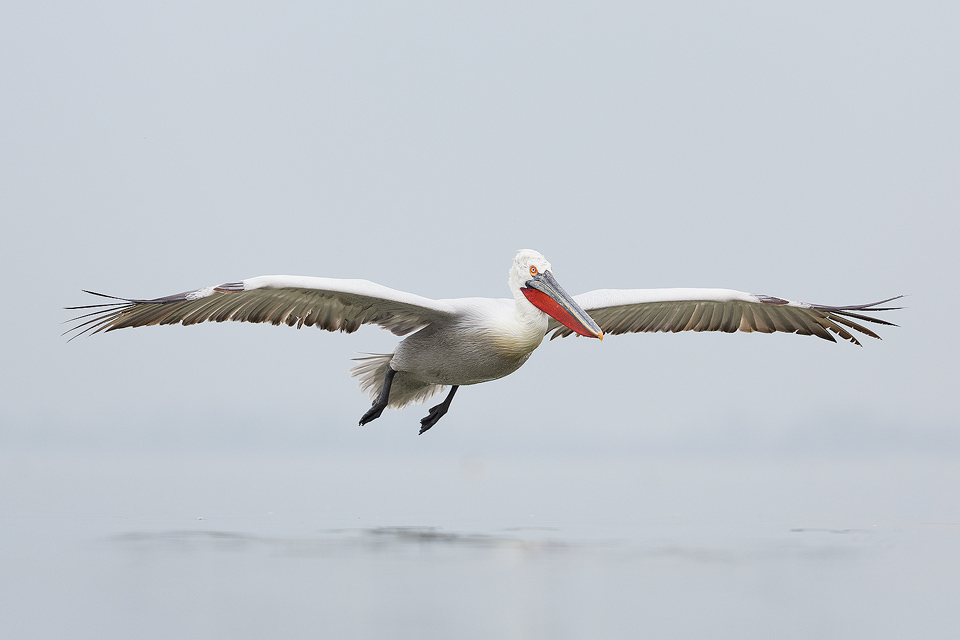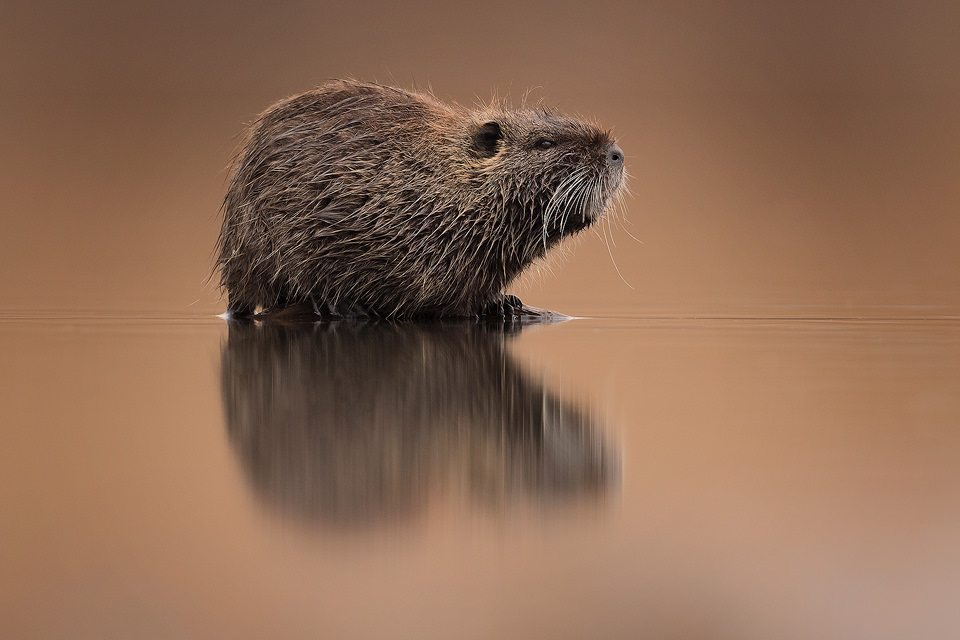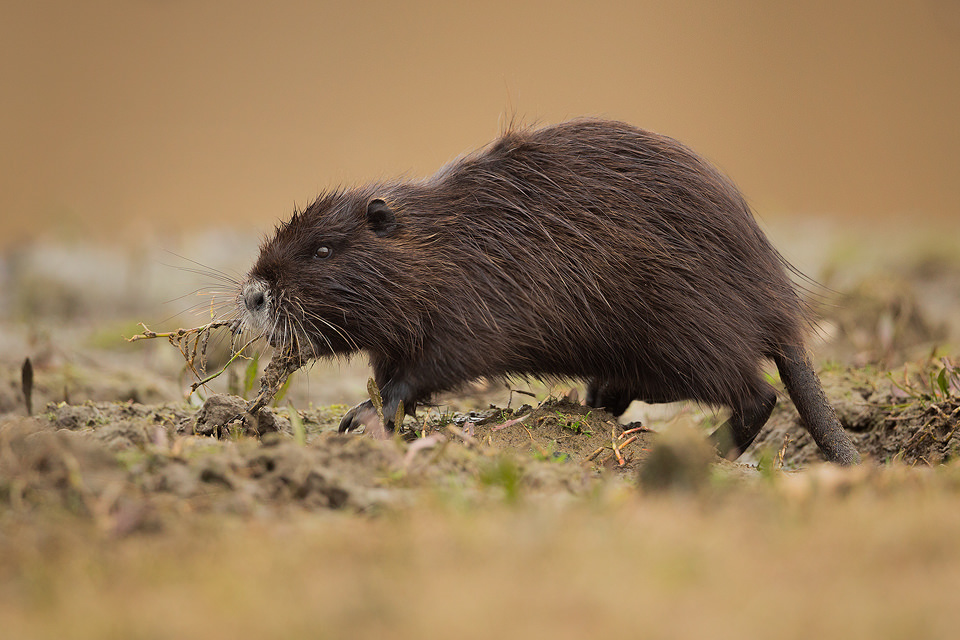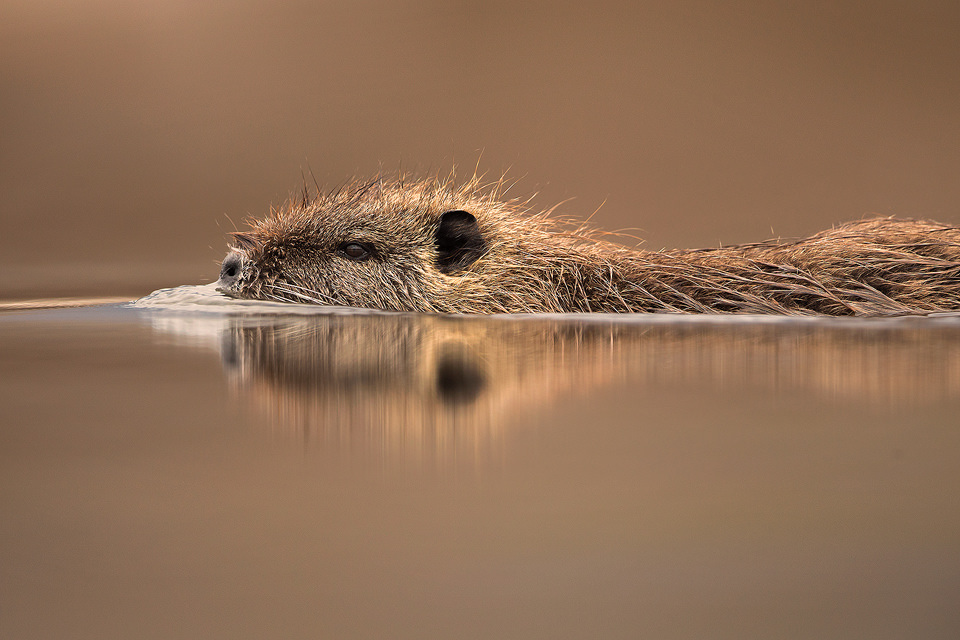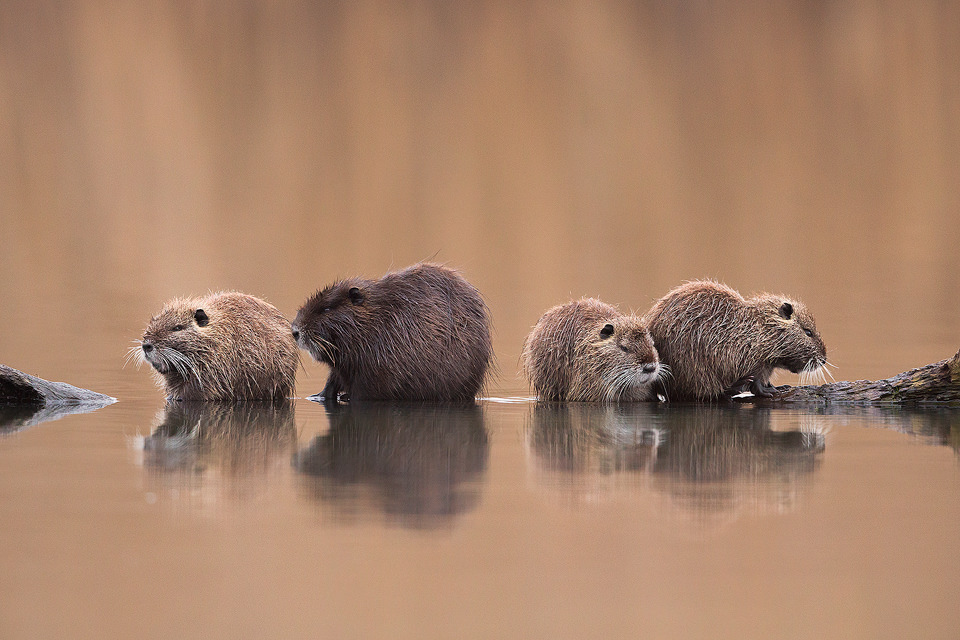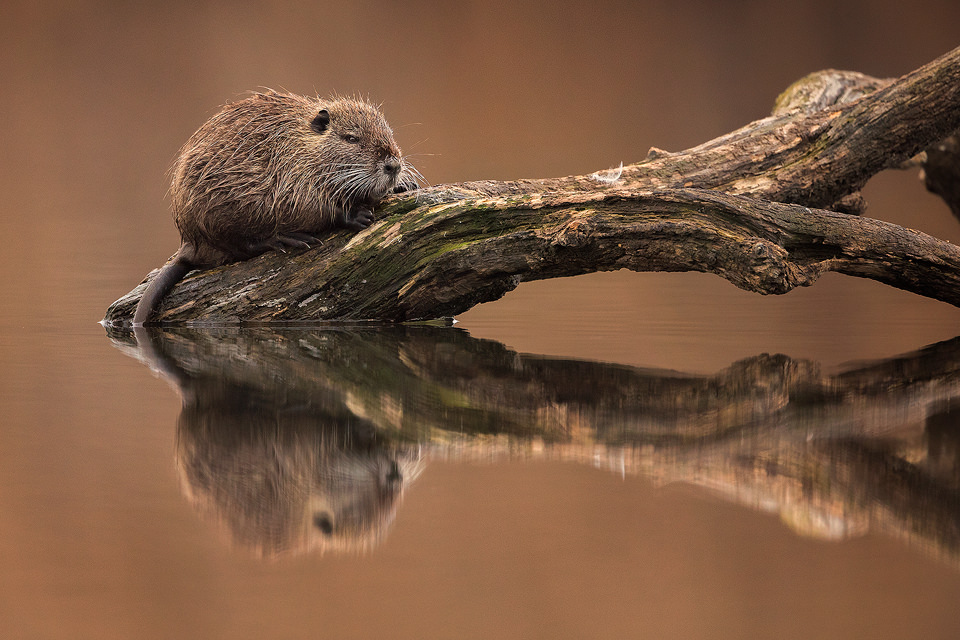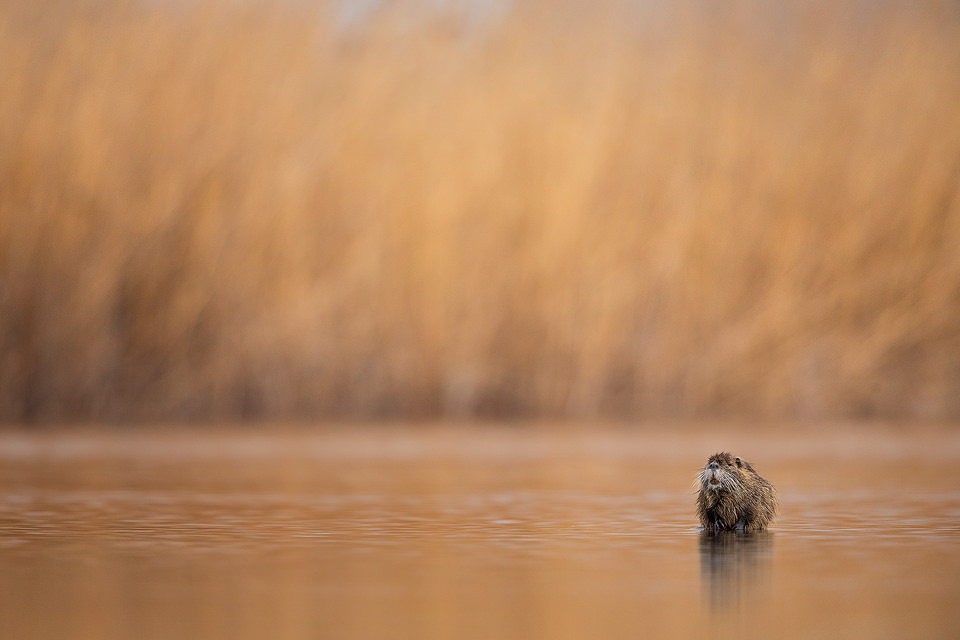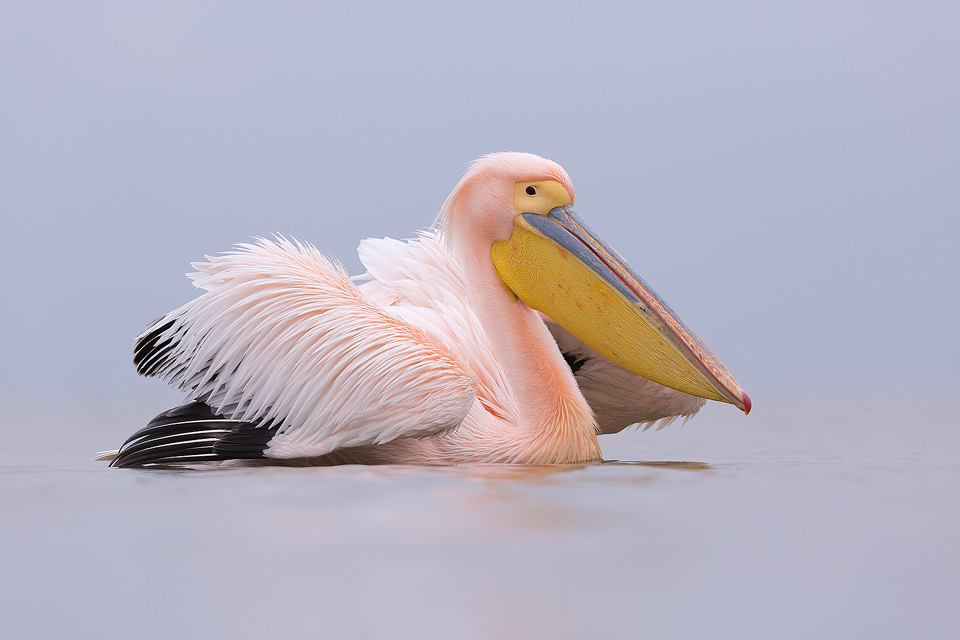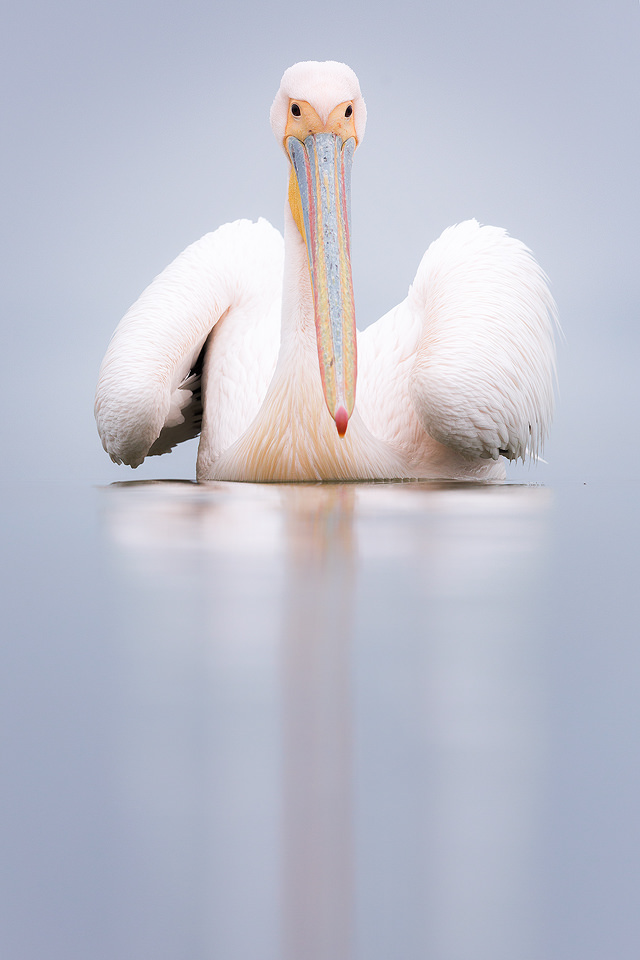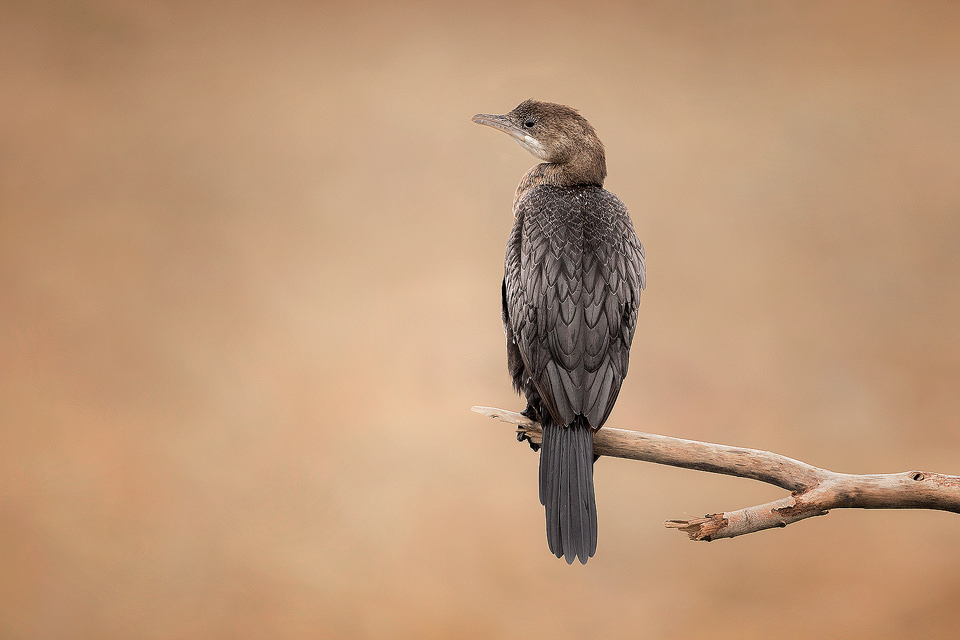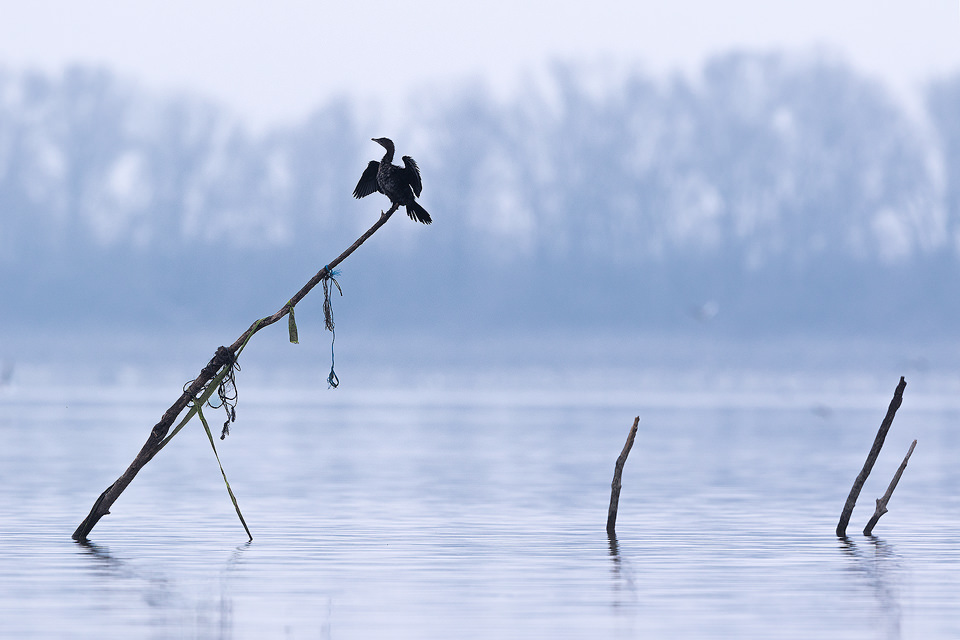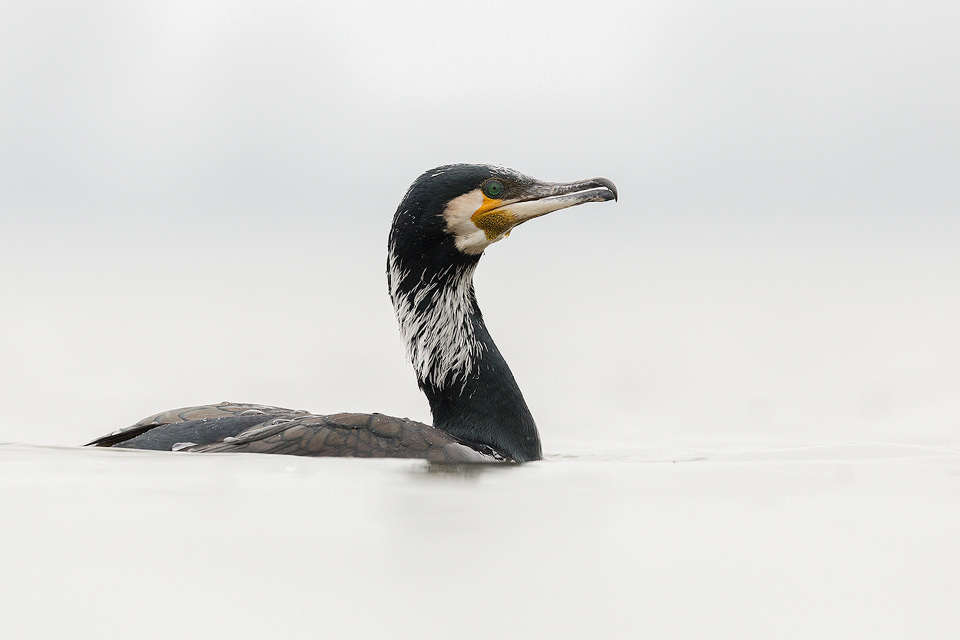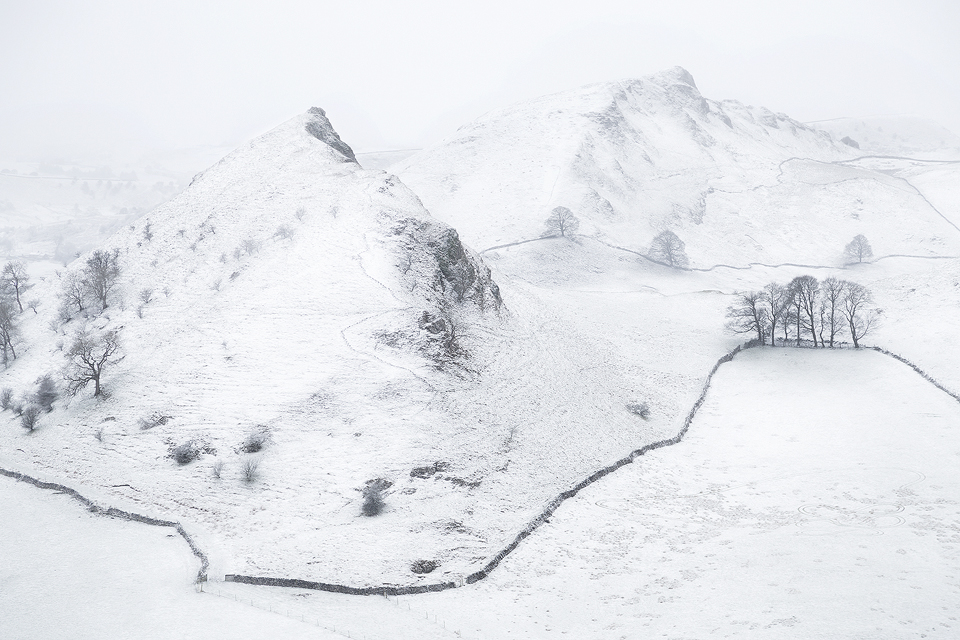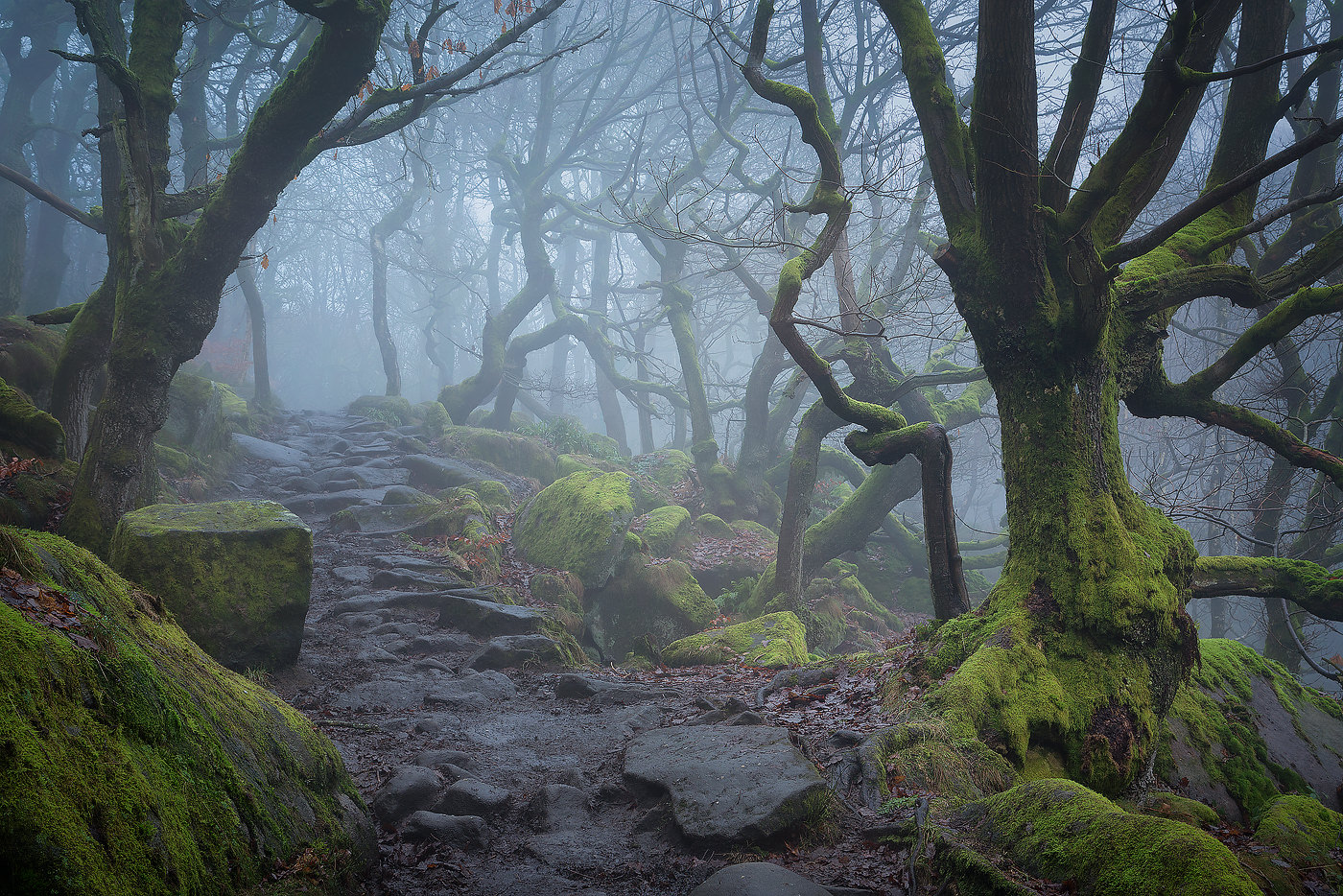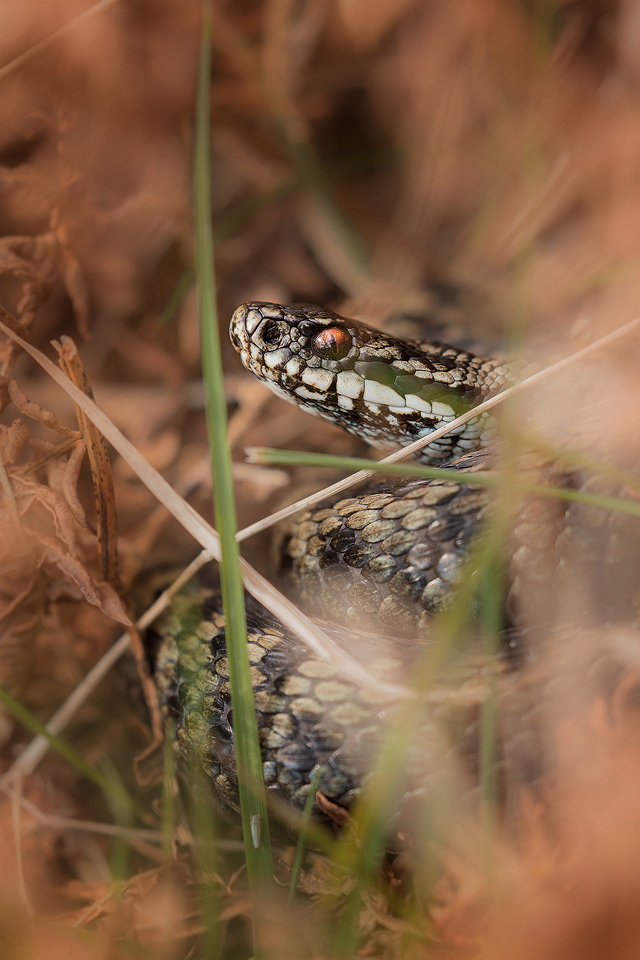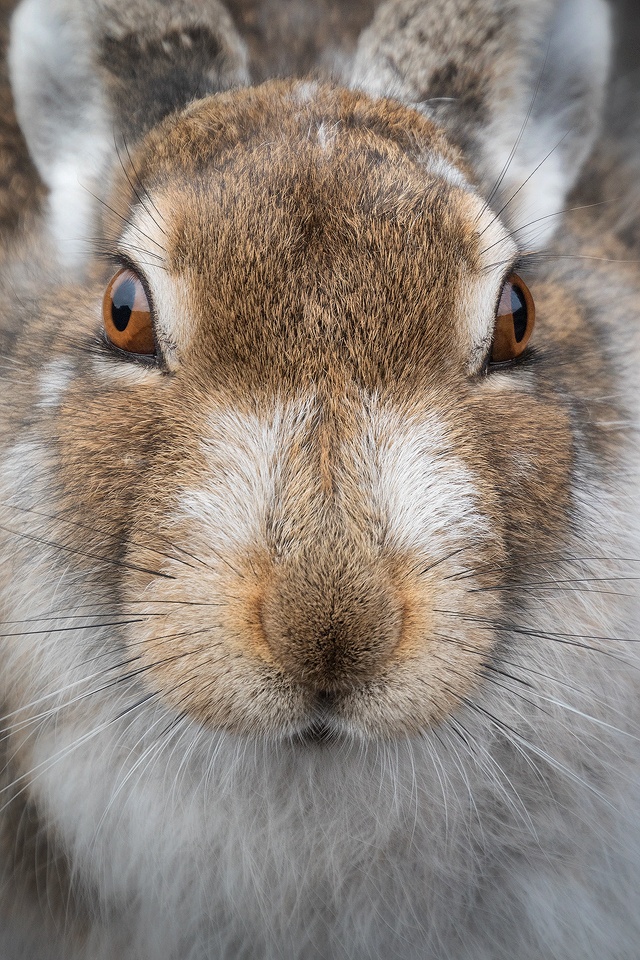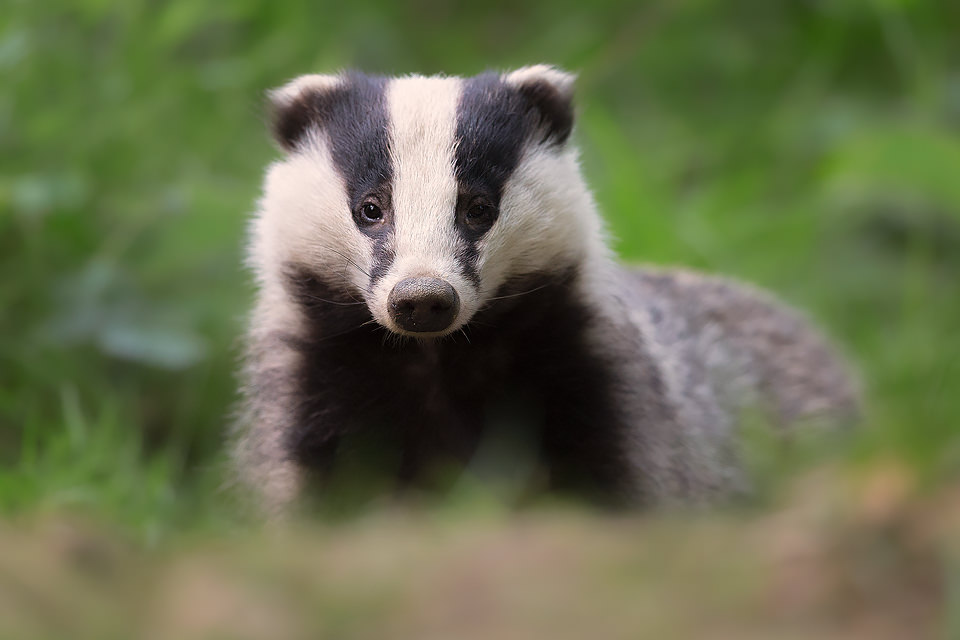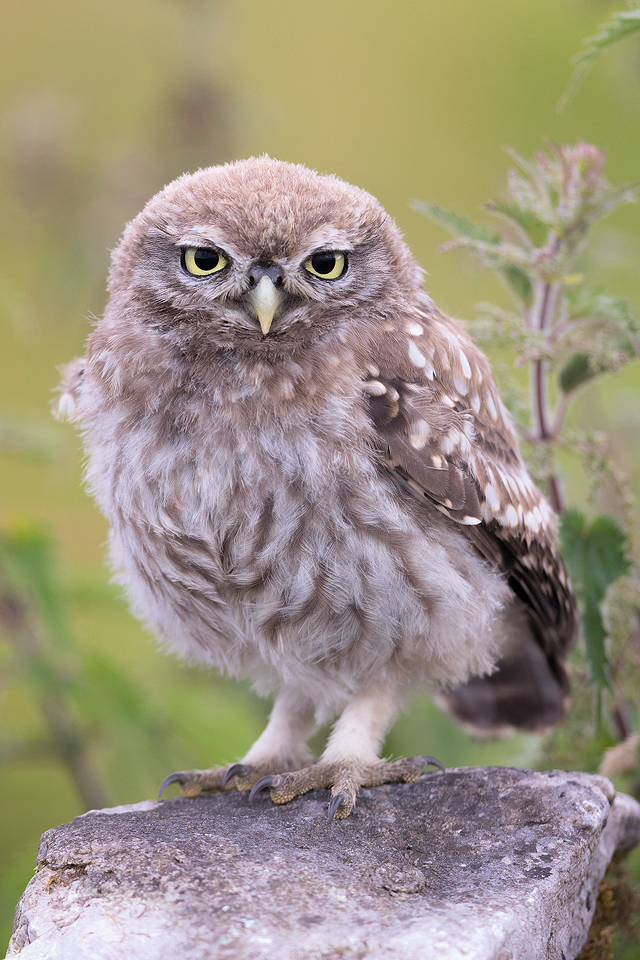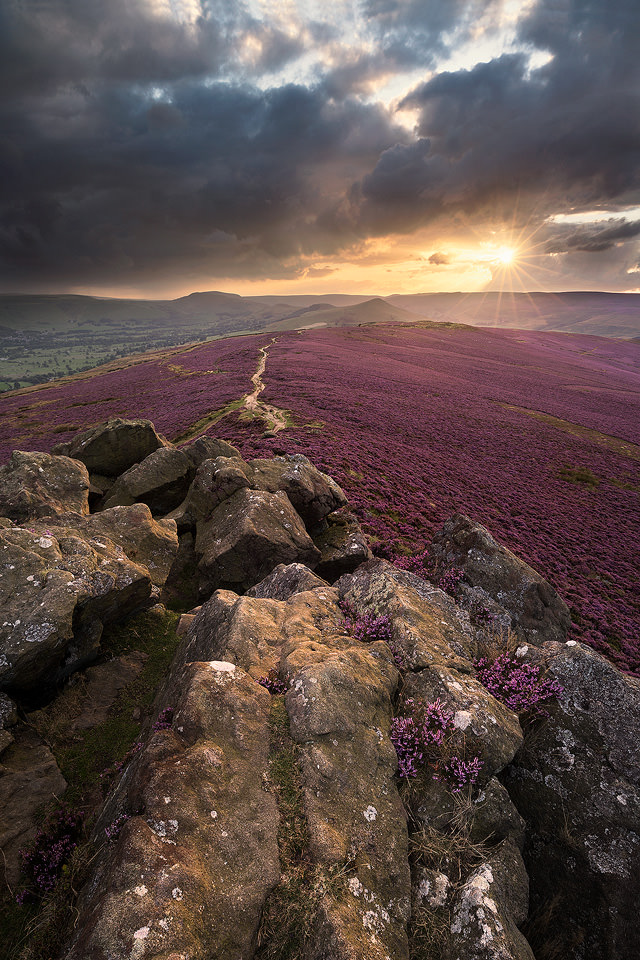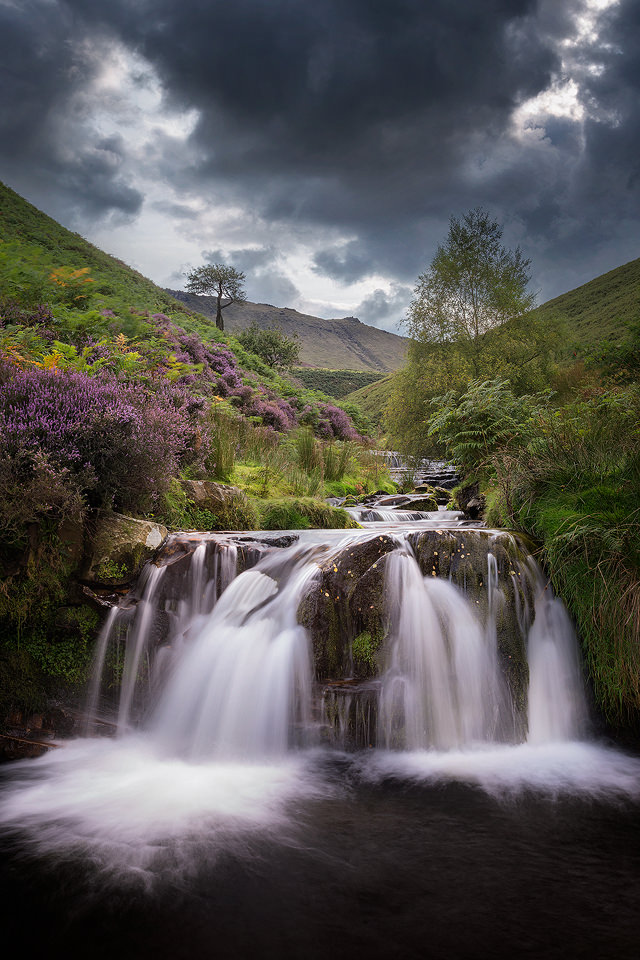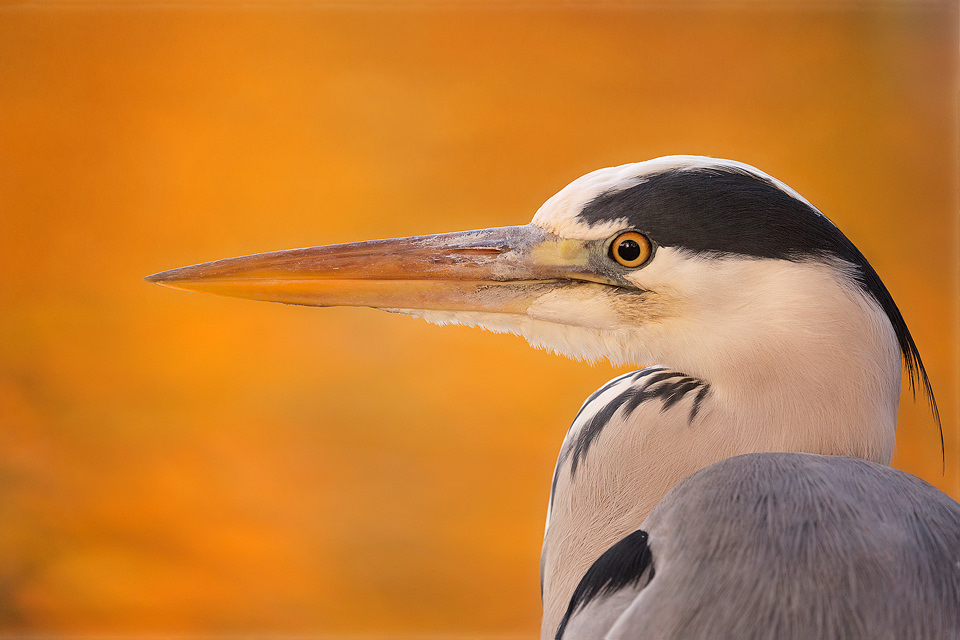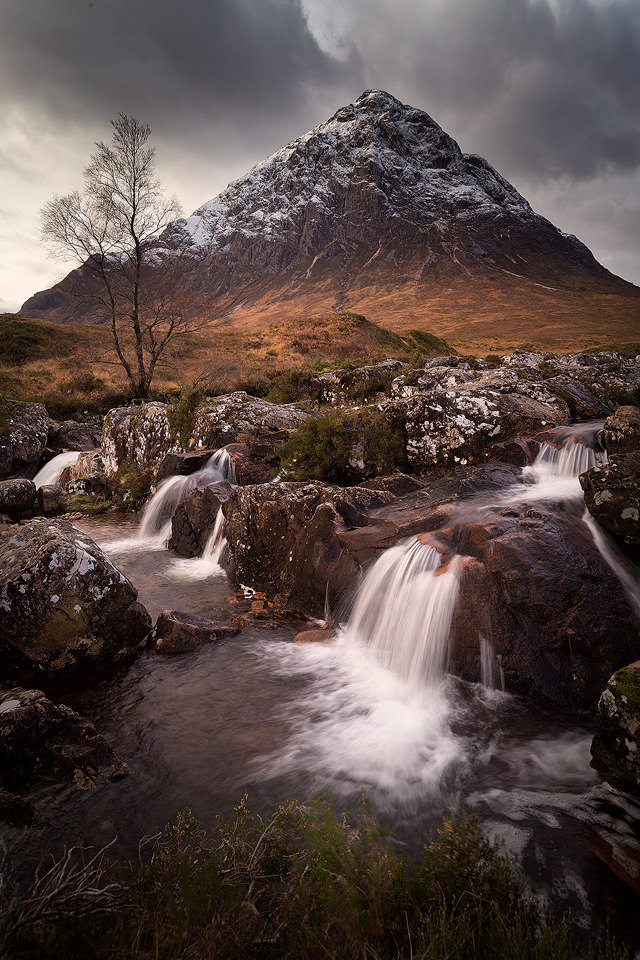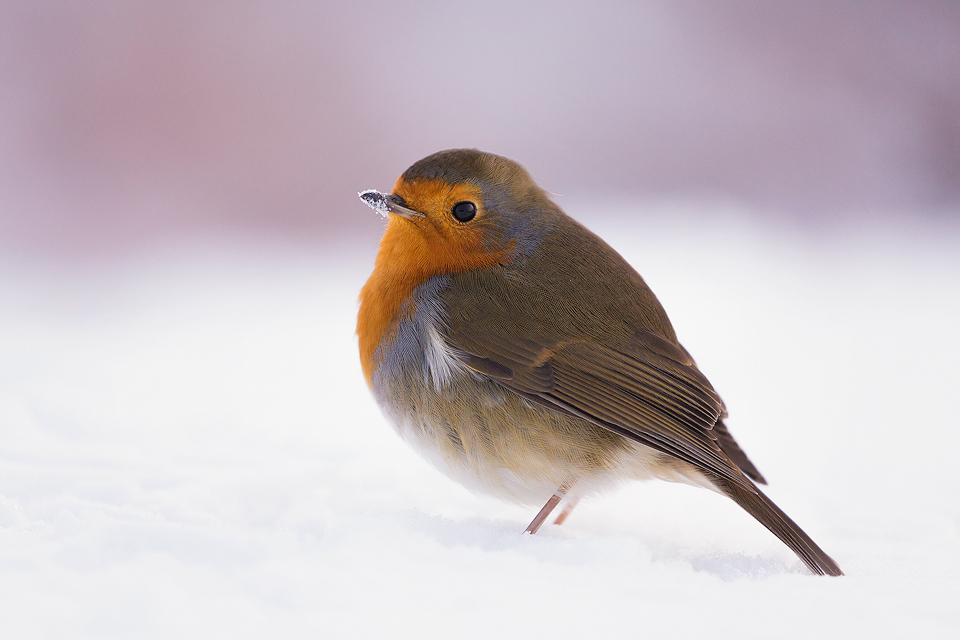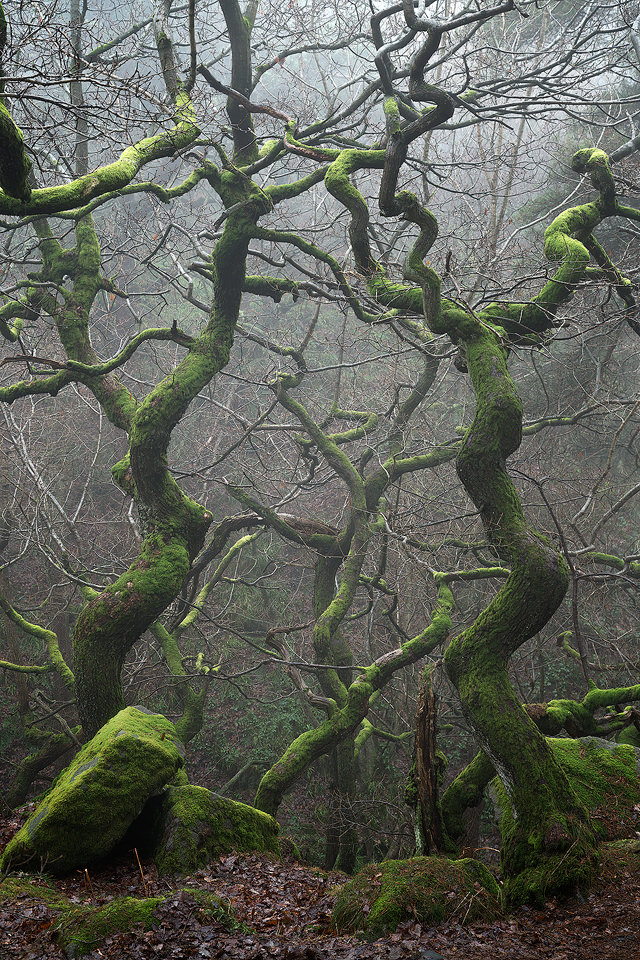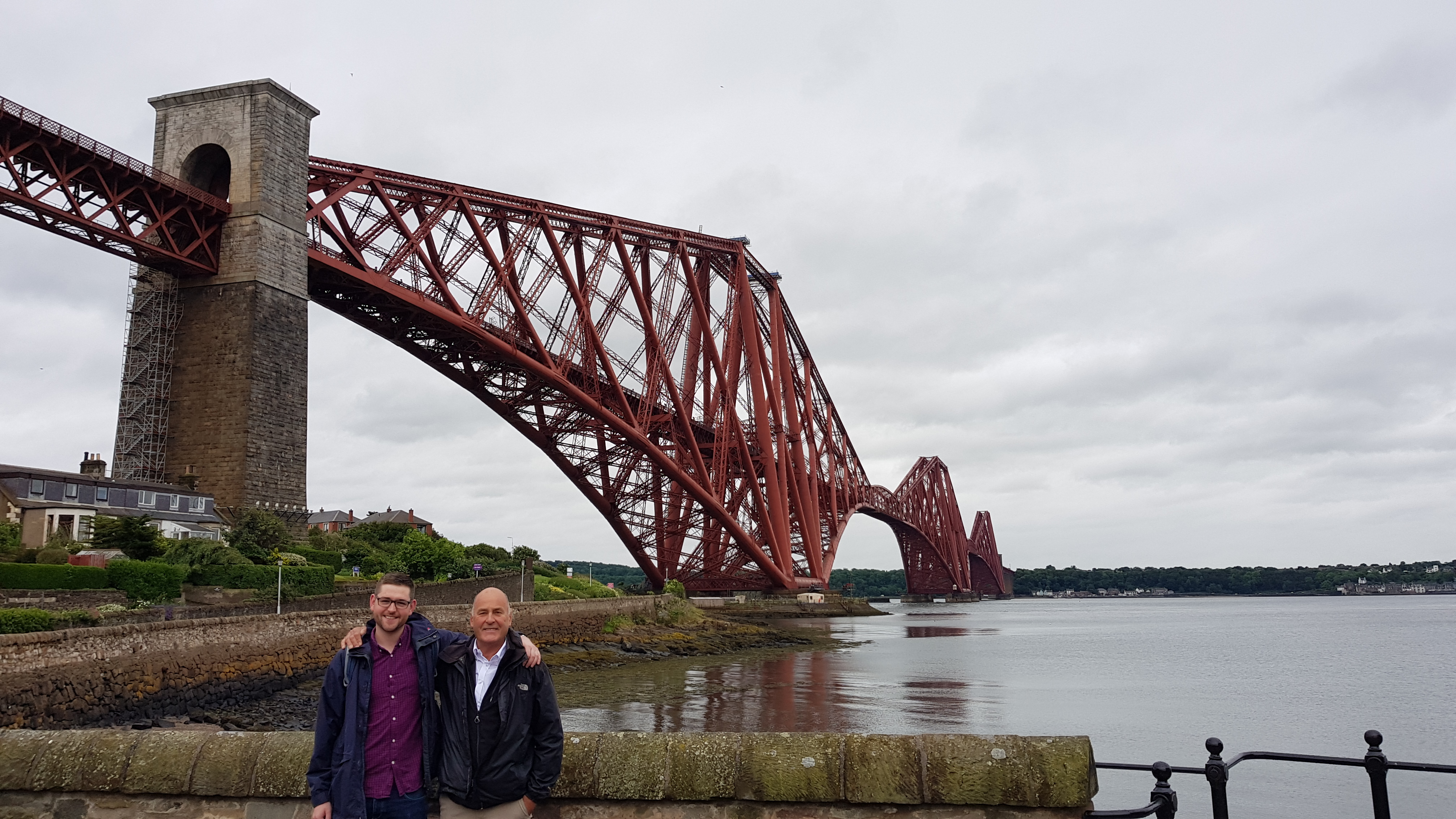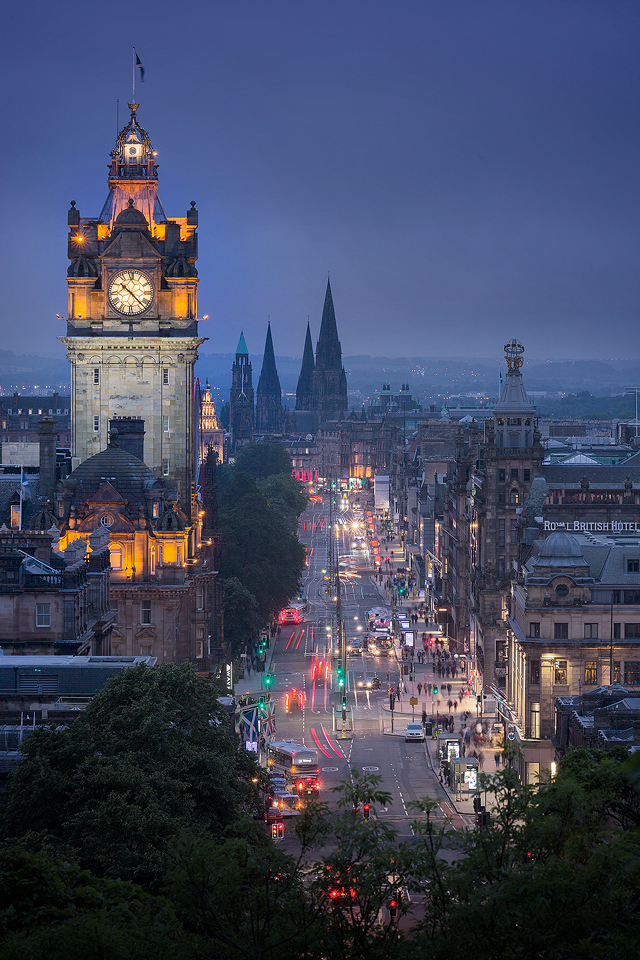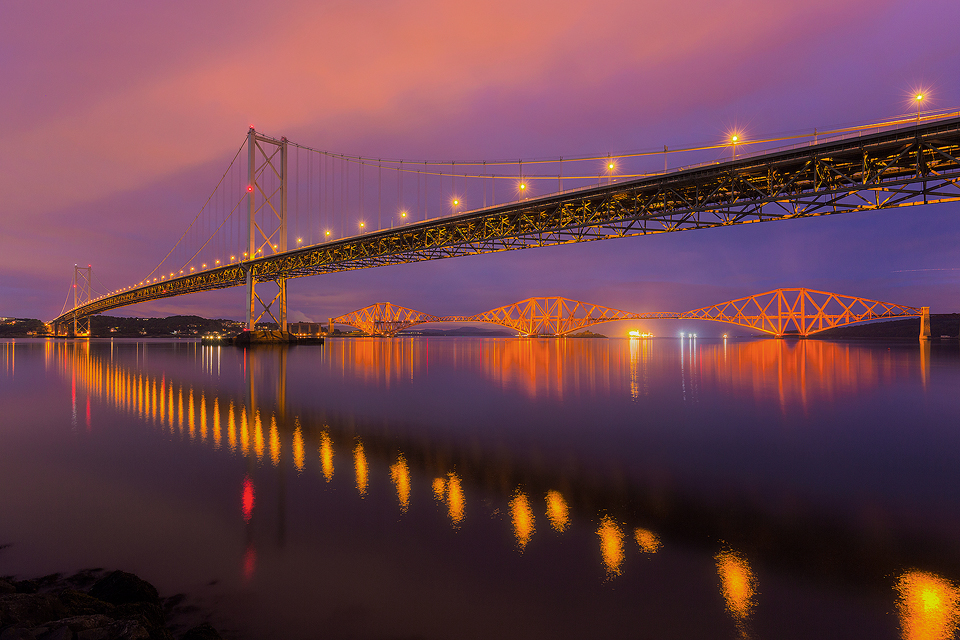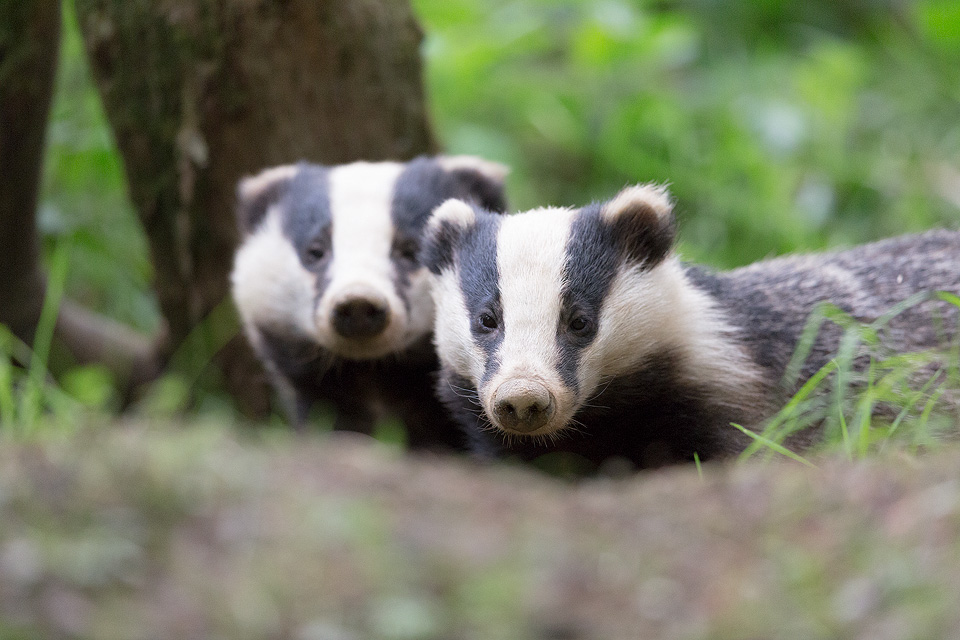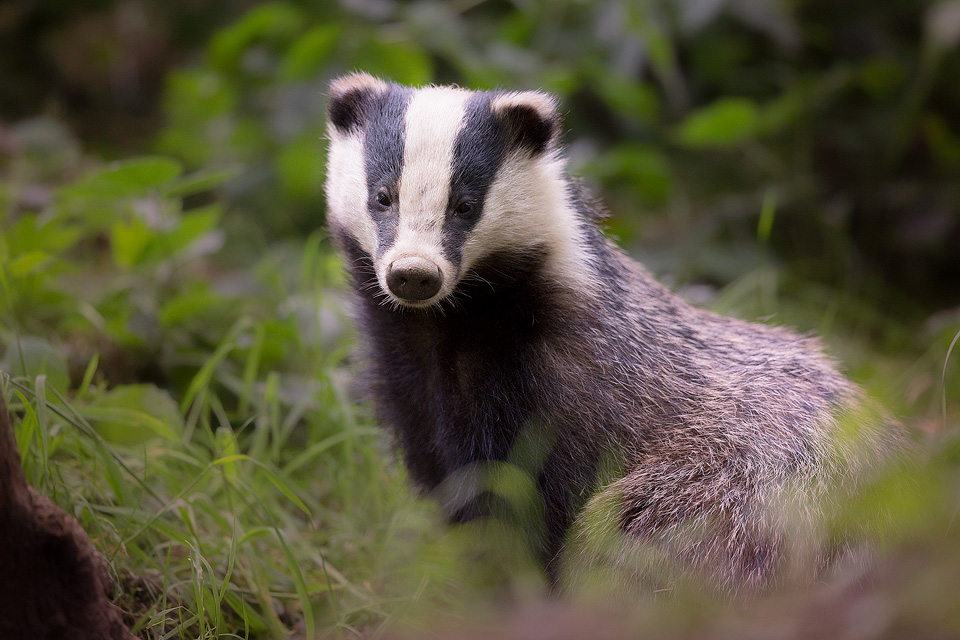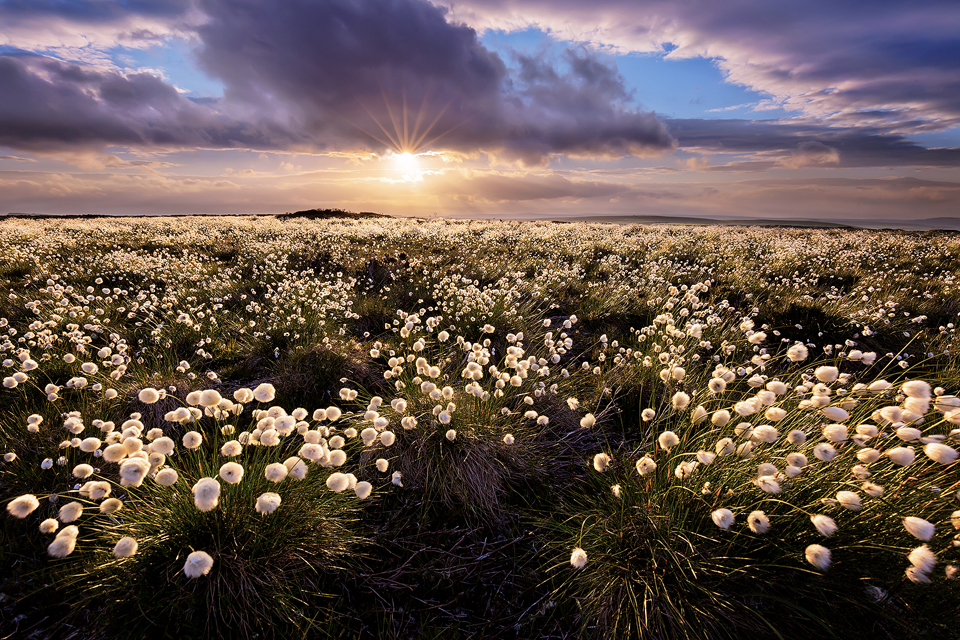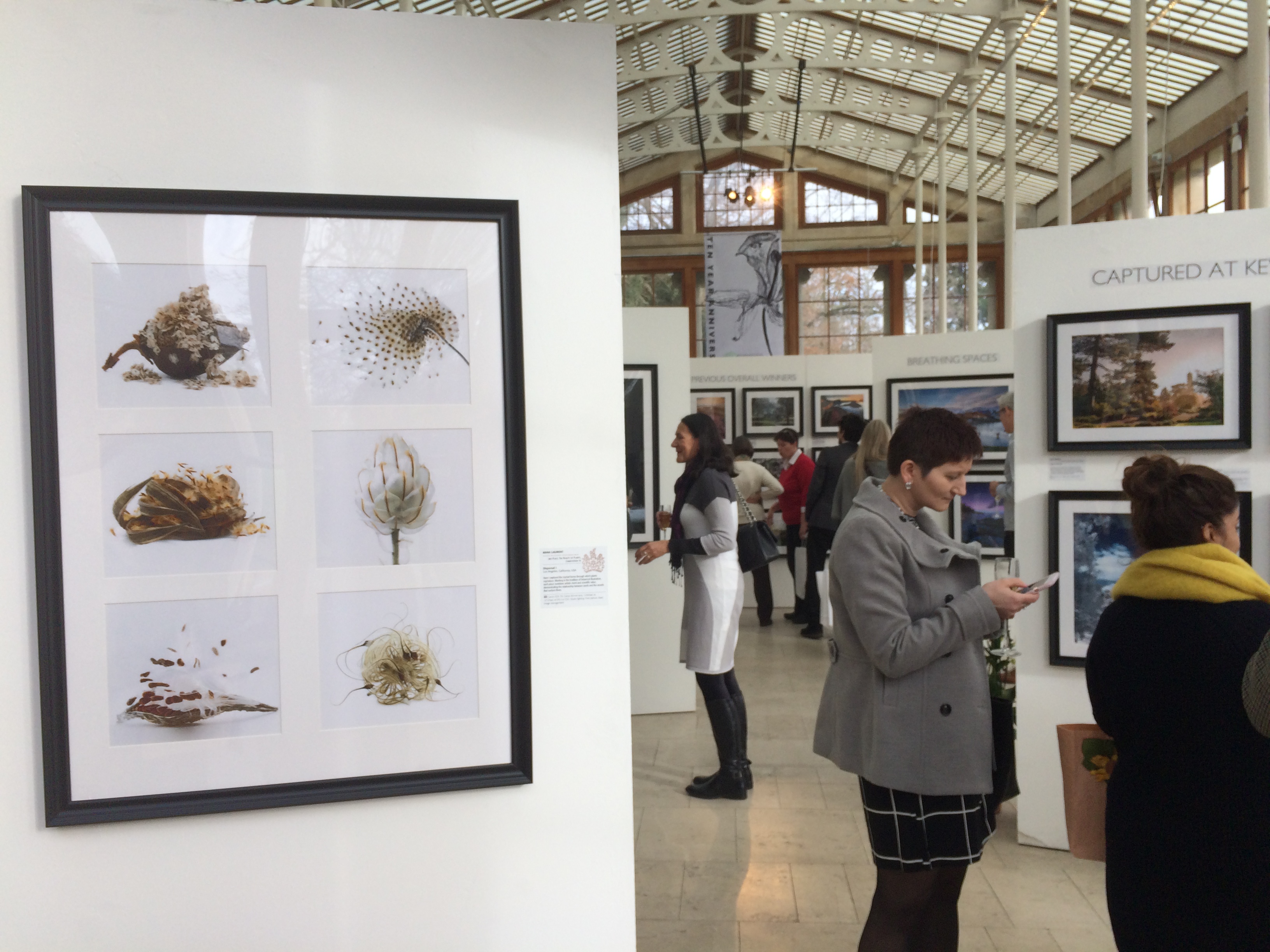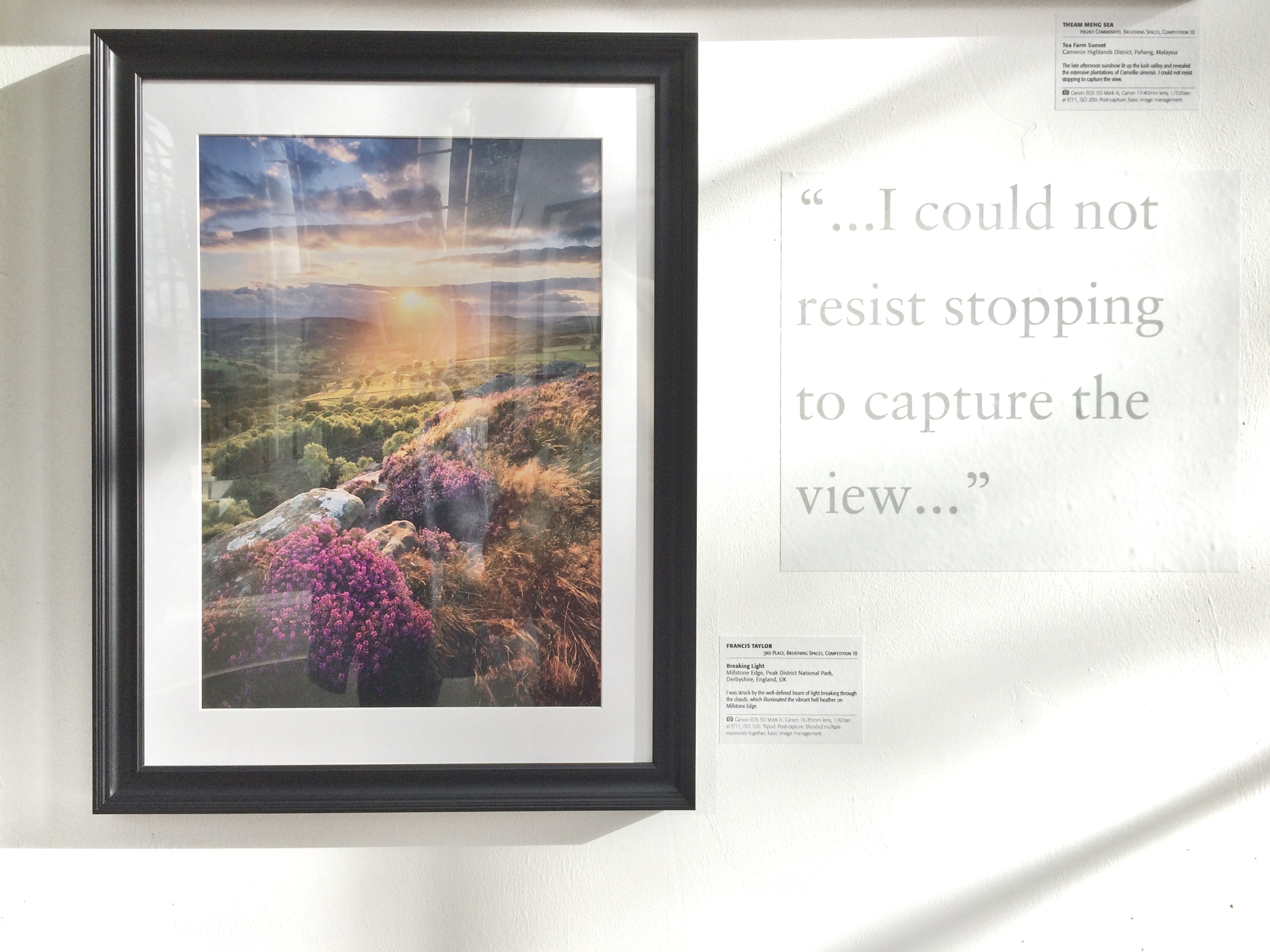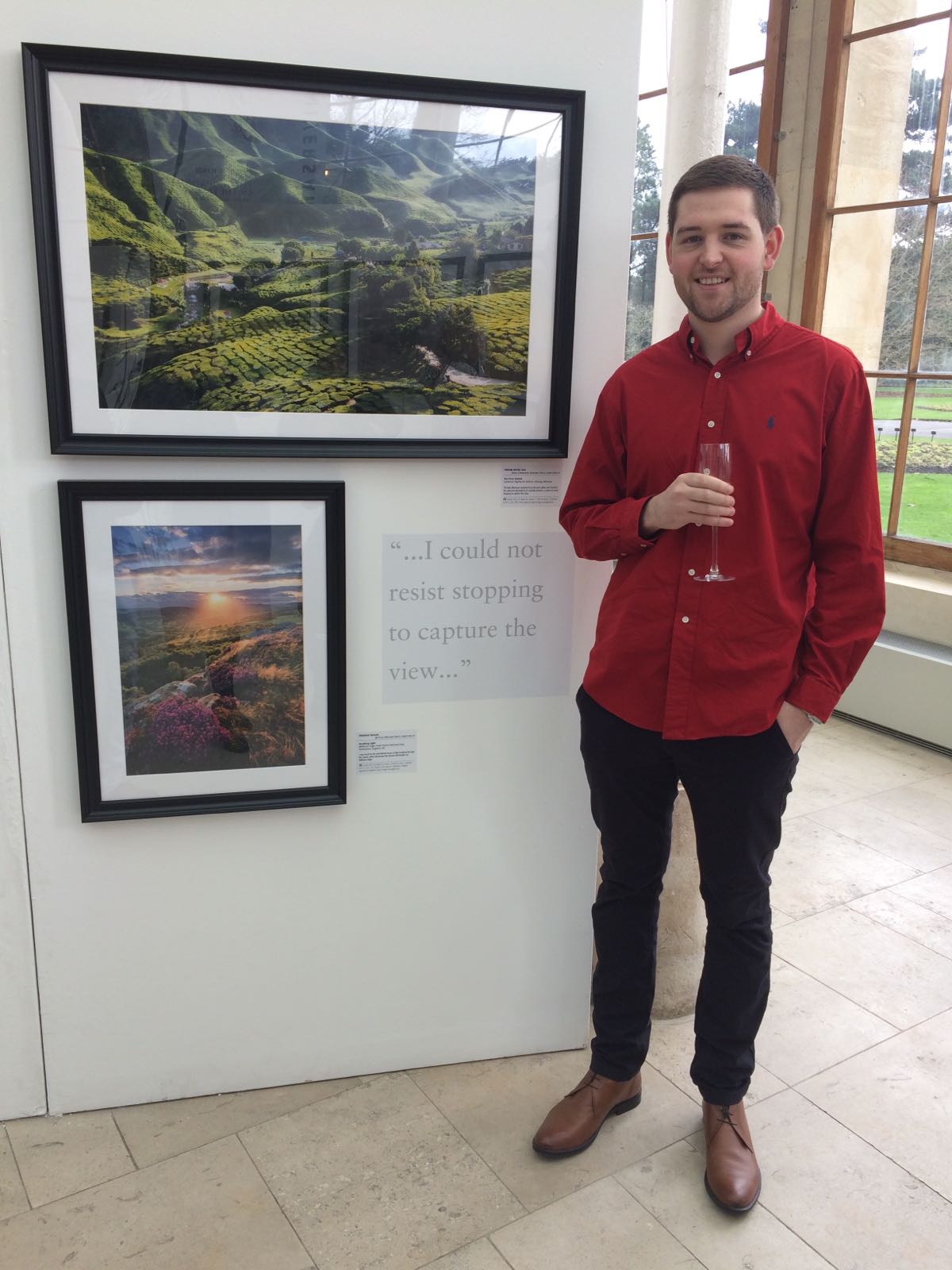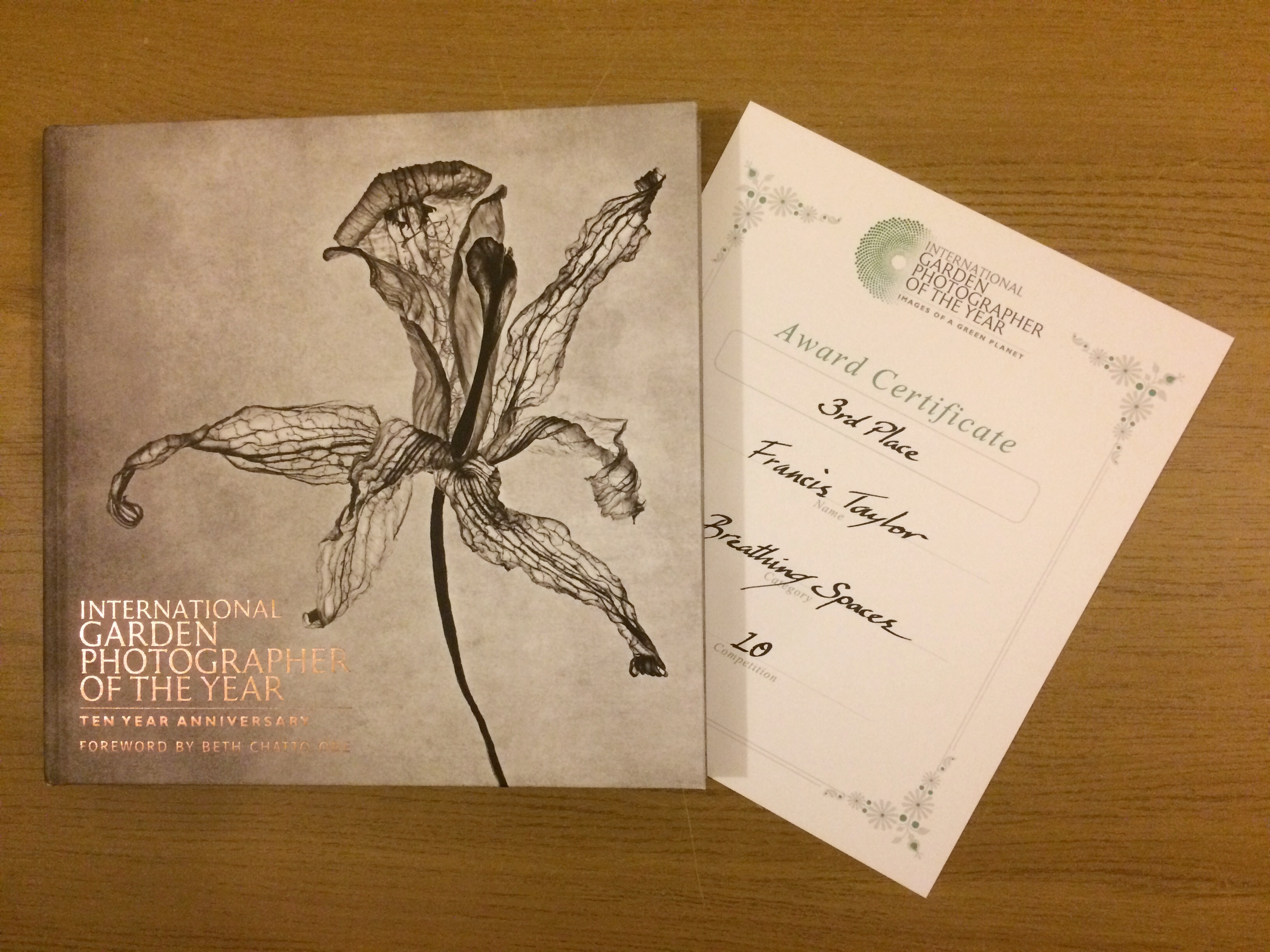Back Button Focus
If there is one simple change you can make today to improve your wildlife photography; it’s back button focus. Since making this small adjustment, there has been a remarkable improvement in the speed and accuracy of my autofocus and my ‘keeper’ rate has improved dramatically. This simple technique offers far greater control and vastly reduces the amount of time spent changing settings.
What is back button focus?
Back button focus is the process of separating auto focus and shutter actuation on to separate buttons. Instead of half pressing the shutter to acquire focus, the autofocus function is re-assigned to a button on the back of the camera (typically labelled AF-On or AEL/AFL). The shutter button then simply takes the photograph.
This may seem over complicated and awkward, after all why change something that works?
Although it may take some getting used to, (you’ll probably forget to press it a few times and wonder why the camera isn’t working!) it’s a major improvement and a very slight change in grip position, as the button lies pretty much where your thumb would rest naturally on the back of the camera.
The advantages of back button focus:
1 – Recomposing is easy; you don’t need to worry about the available focus points.
The first advantage is most obvious when dealing with those awkward compositions where your subject doesn’t quite sit on any of your available focus points.
To get around this without back button focus you would need to focus in one shot, recompose and shoot, simple right? The problem here is that if you fully release the shutter button at any point you will have to either switch to manual focus, activate AF lock (if your camera has it) or move the camera to refocus again the next time you want to take a photograph. So every time you want to refocus you have to move the camera, focus, recompose, shoot, repeating time and time again every time you fully release the shutter and want to take another image.
With back-button focus, all you have to do is focus using your centre point, which offers the most accurate focus, recompose, and keep shooting until you’re finished. Unless you or your subject significantly moves forward or backwards, you won’t have to re focus again.
2- You’ll never need to change from continuous focus mode:
With back button focus you can remain in continuous focus mode full time, whilst maintaining the benefits of being able to focus and recompose like in One Shot.
For example, if I was photographing a static bird on a perch, I can focus by pressing AF-On once and recompose the bird off to the side of the frame for a more pleasing composition (as discussed in 1). I can then take as many images as required and the focus would remain the same as long as I don’t press AF-On again. If the bird then decided to suddenly take off, I can hold down the back button and immediately track the action. (Some cameras are even capable of assigning two back buttons, one for single point focus and one for group, very useful for birds in flight!)
If I had used One Shot and AF lock for the static portraits, I wouldn’t have had enough time to change back to continuous focus and most likely missed the action.
3 – Less time spent fiddling with dials and settings.
Without back button focus I have to change my settings much more frequently. Whilst fiddling with dials and autofocus modes, I would be wasting precious time and potentially missing the shot.
4 – You’ll never need to change to manual focus.
With the autofocus set to the back button there’s no need to switch the camera/lens to manual. As long as you don’t press AF-On, the camera won’t try to acquire focus, enabling full time manual control with the focus ring and shutter button.
If you’ve ever been in a situation where there is grass or thick vegetation slightly blocking the subject, you’ll understand the importance of having full time manual control. If you tried using the autofocus the camera would spend so much time hunting, that the opportunity was likely to be gone.
How do I set up back button focus?
I have detailed the instructions for several major camera brands, instructions for other brands can be found in your manual. However the settings may be placed elsewhere on the menu for older/newer models.
Canon
- Menu
- Go to C. Fn6 : Operation
- Custom Controls
- Change shutter to “metering start”
- Set AF-ON to “metering and AF start”
Nikon
- Menu
- Custom settings (pencil)
- Select Controls
- f5 (assign AE-L/AF-L)
- Choose AF-On
- custom settings
- Autofocus
- A1 (Af-C priority selection) and set it to release
- set AF-s priority selection to also release
- A4 – AF activation change to AF-on only
Sony
- Menu
- Custom Settings (gear icon)
- AF w/Shutter = OFF
- Menu
- Custom Settings
- Custom key settings
- AE-L Button = AF ON
Olympus
- Press the Menu button and navigate to Gear-A (AF/MF)
- Go to AF Mode and select S-AF – Press OK.
- Check that Full-time AF is Off.
- Go to AEL/AFL, click on S-AF, and select mode3, Click OK, Click Menu (See illustration to find S-AF)
- Navigate to Gear-B (Button/Dial/Lever), Press OK.
- Click on Button Function.
- Click on Fn1 and select AEL/AFL, Click OK, Click Menu, Click Menu
